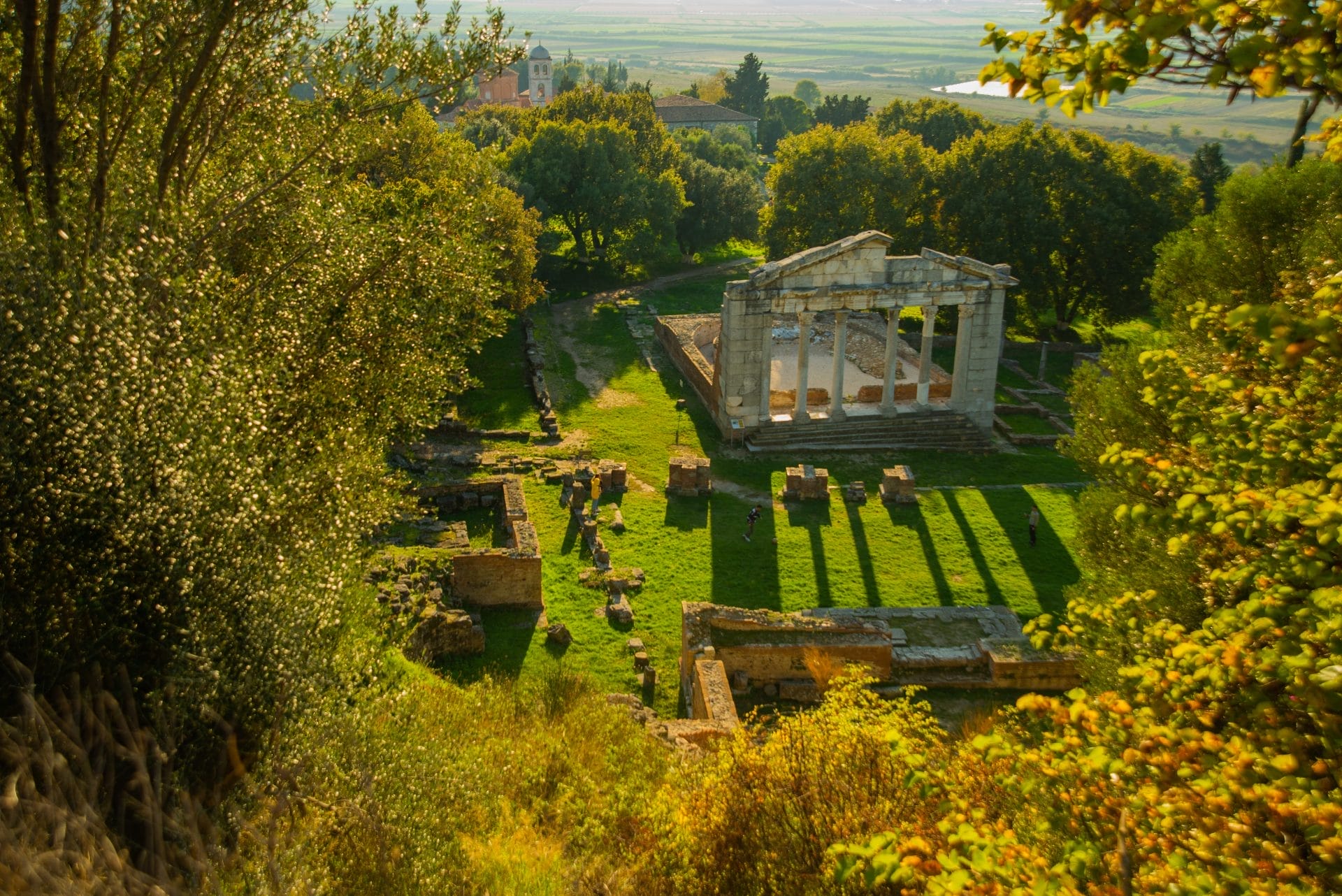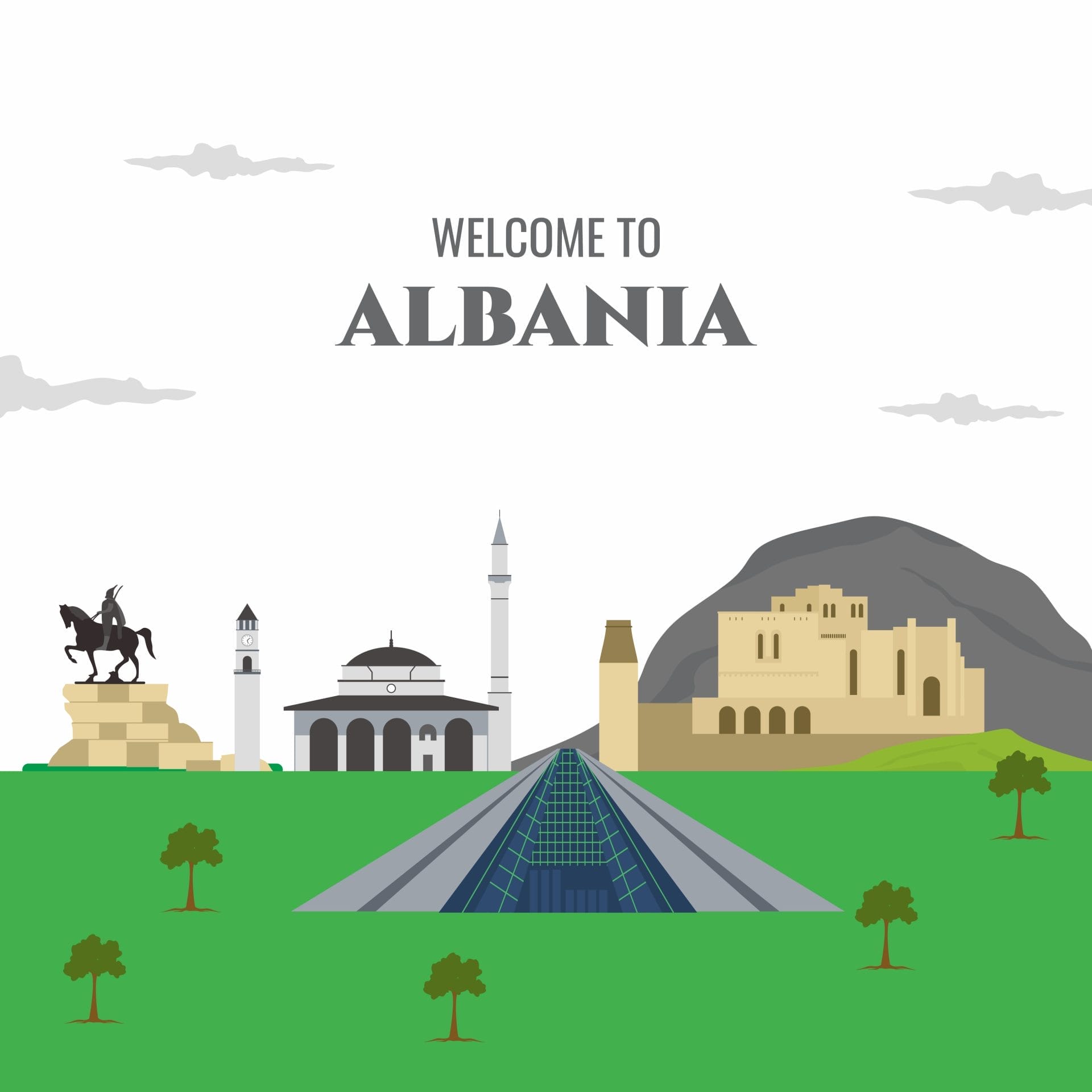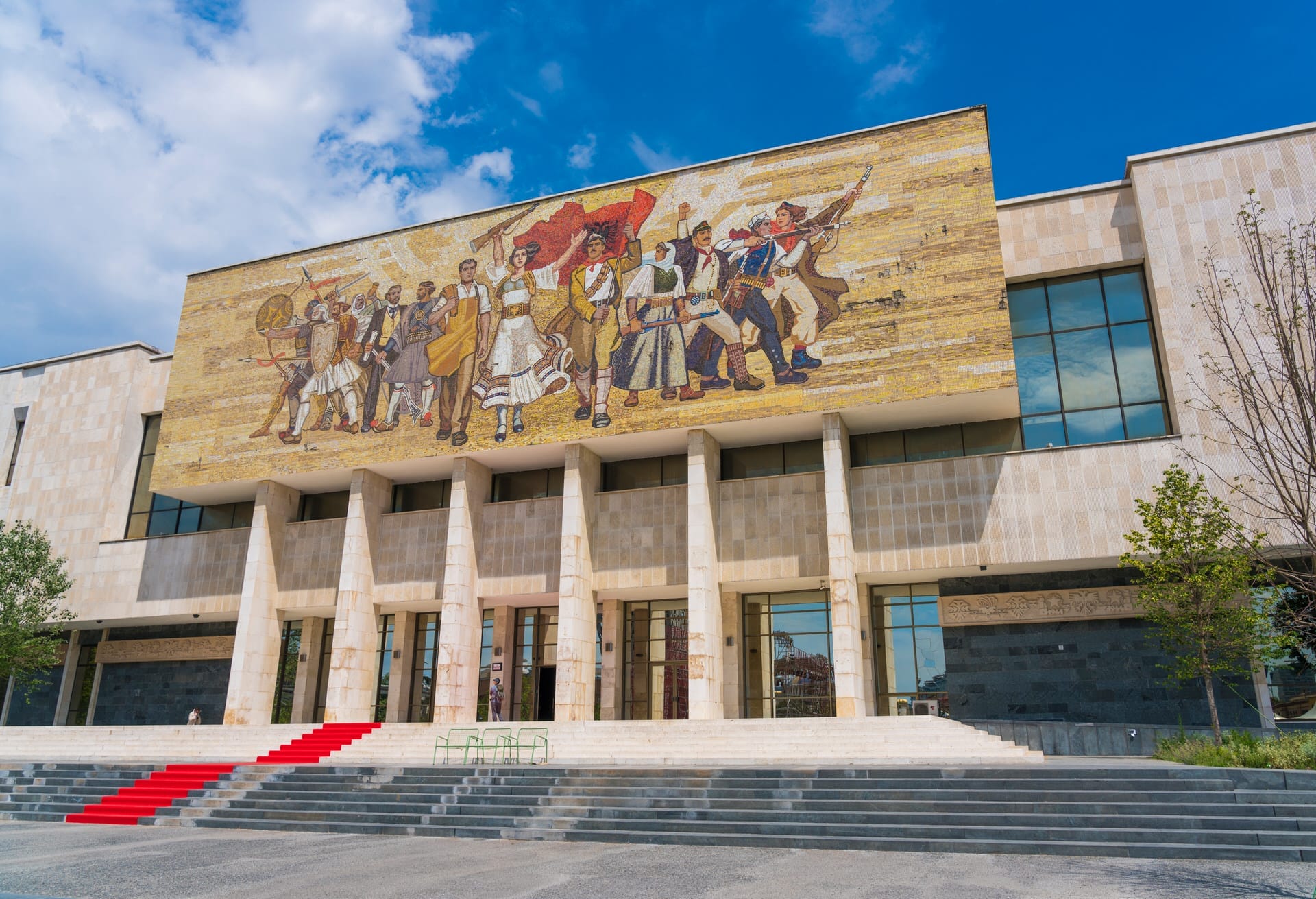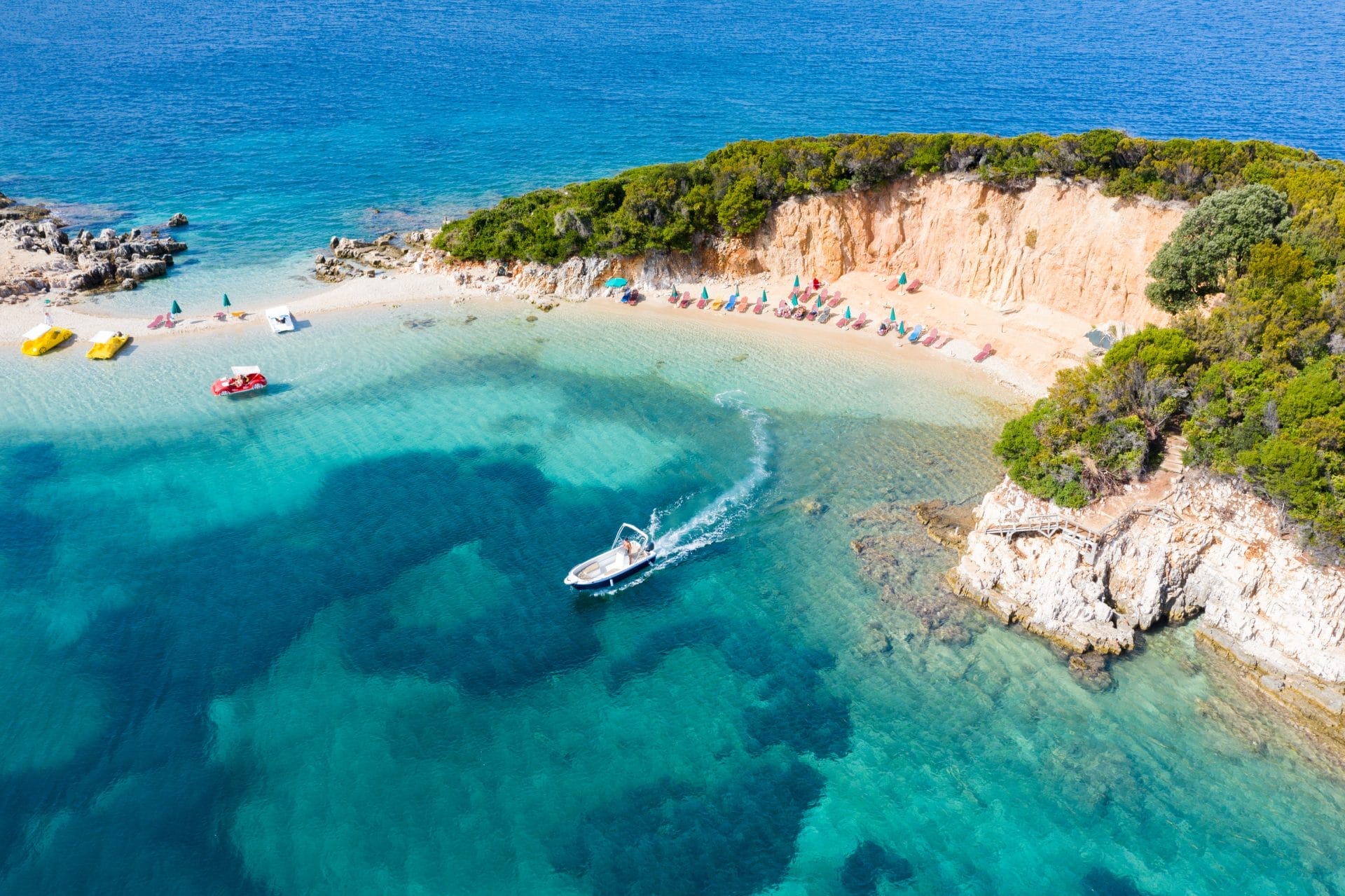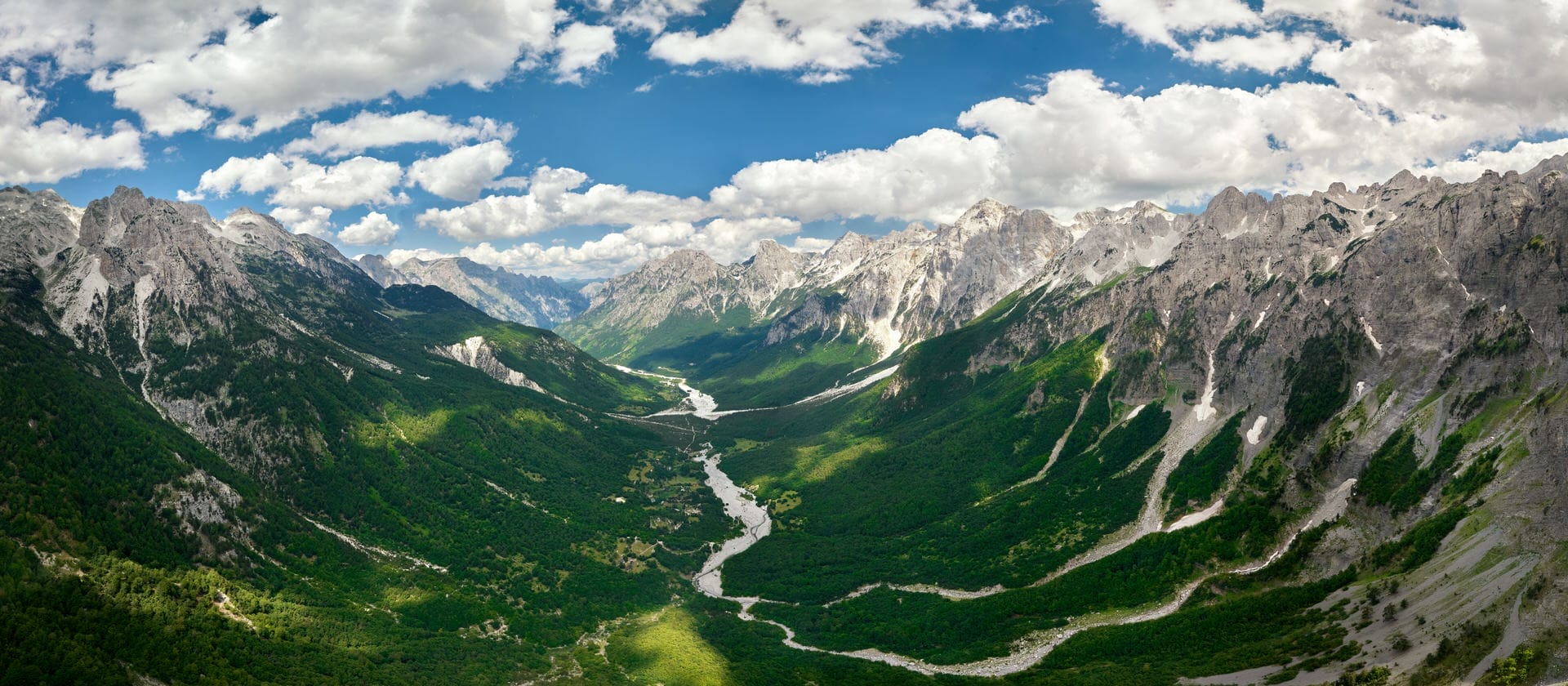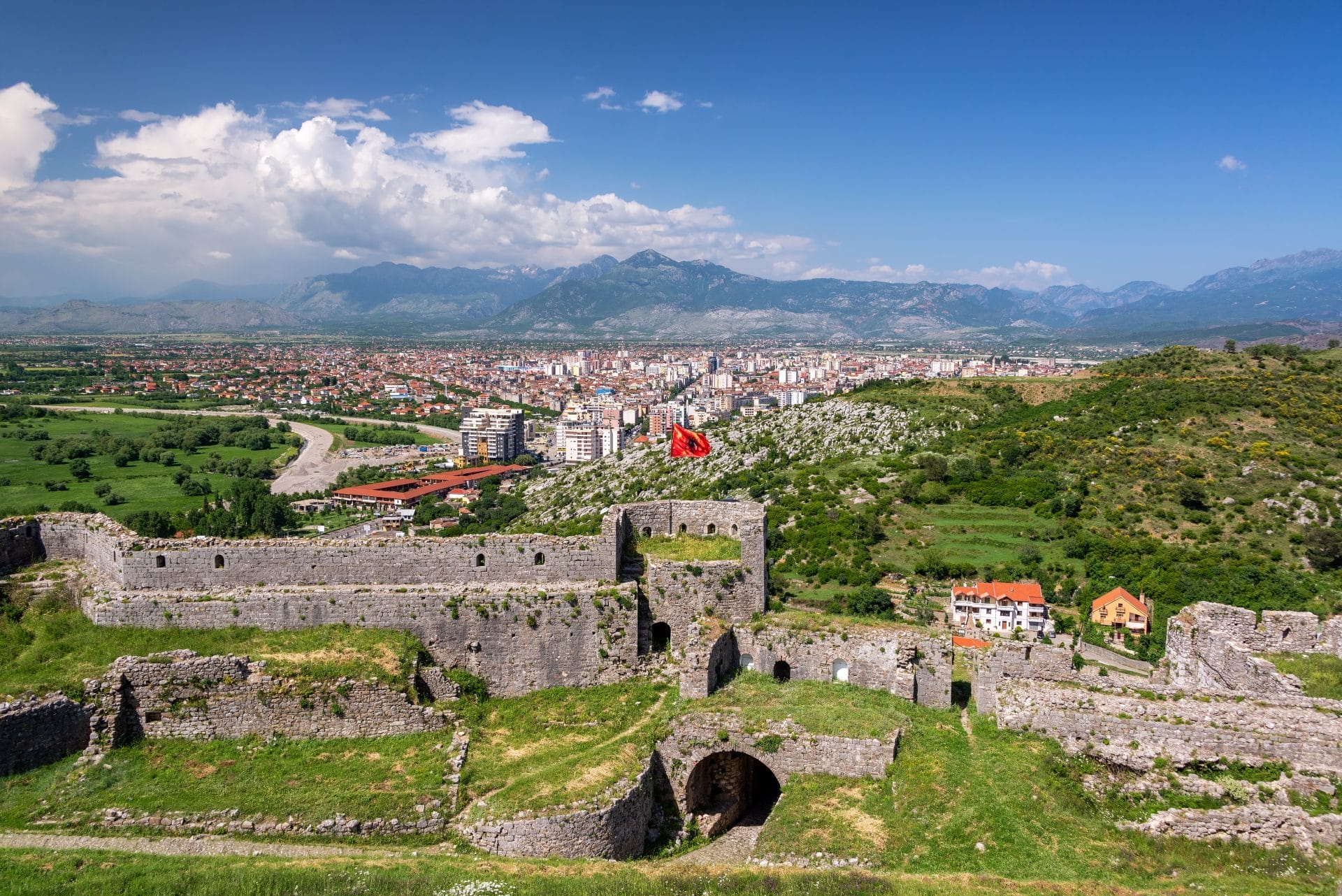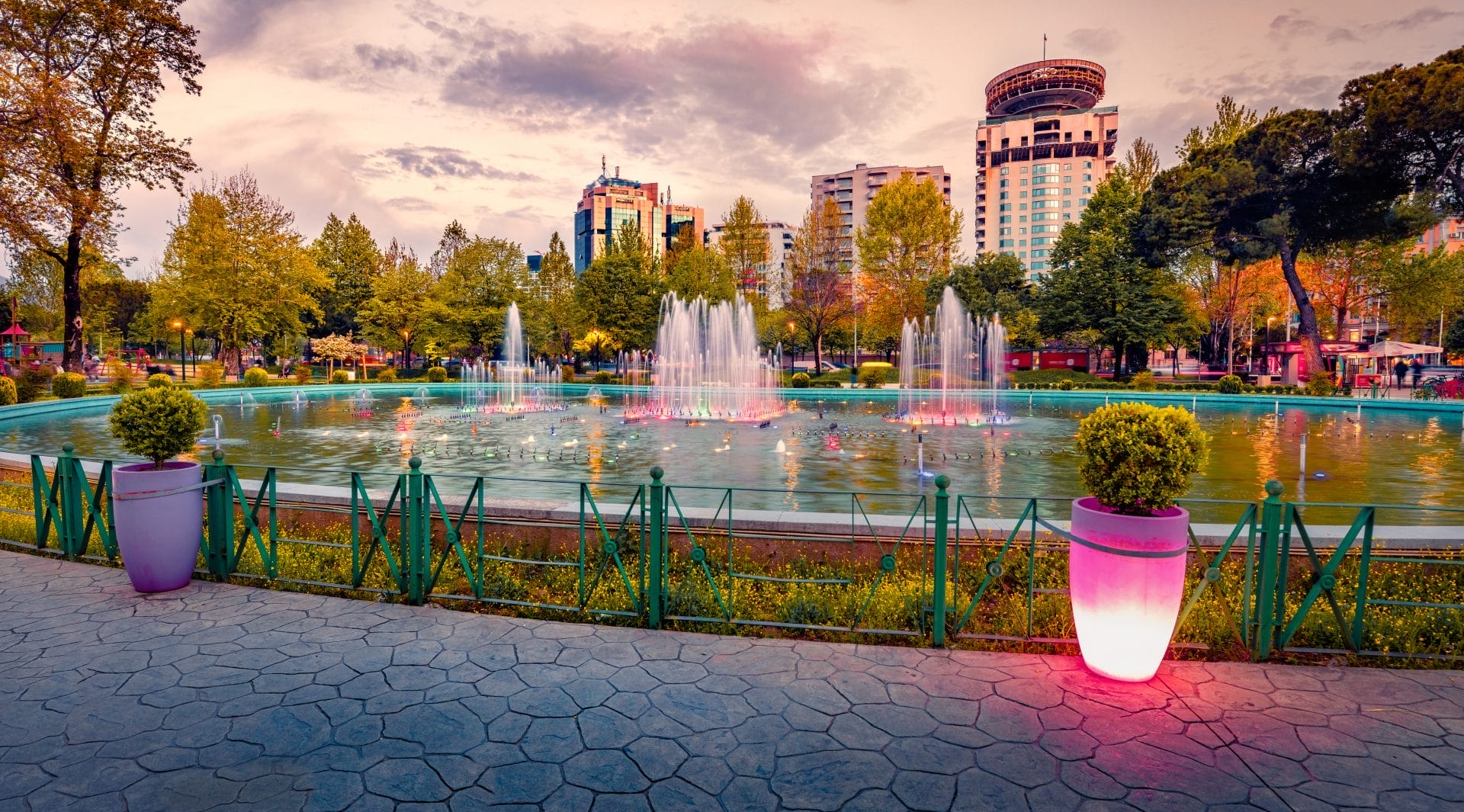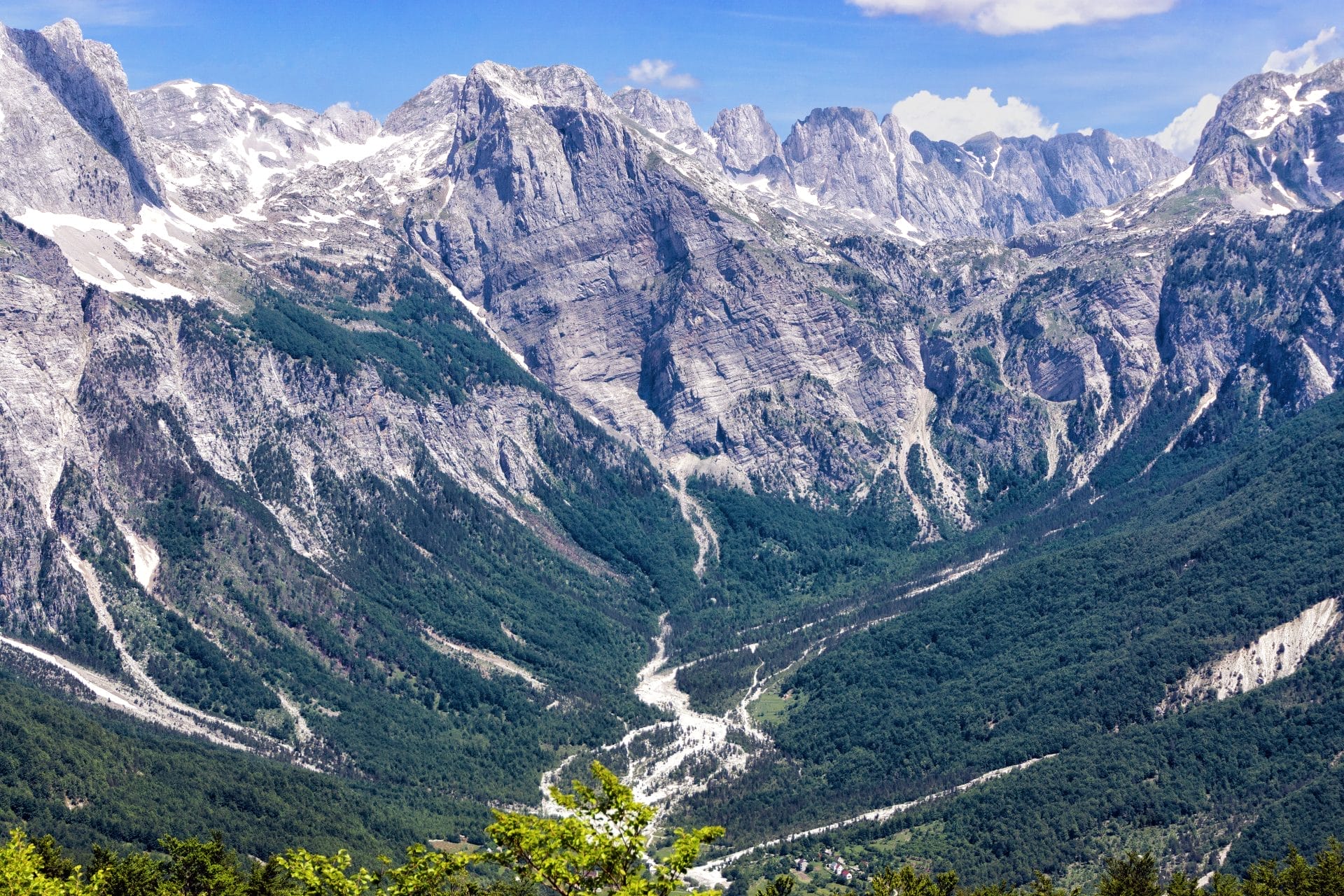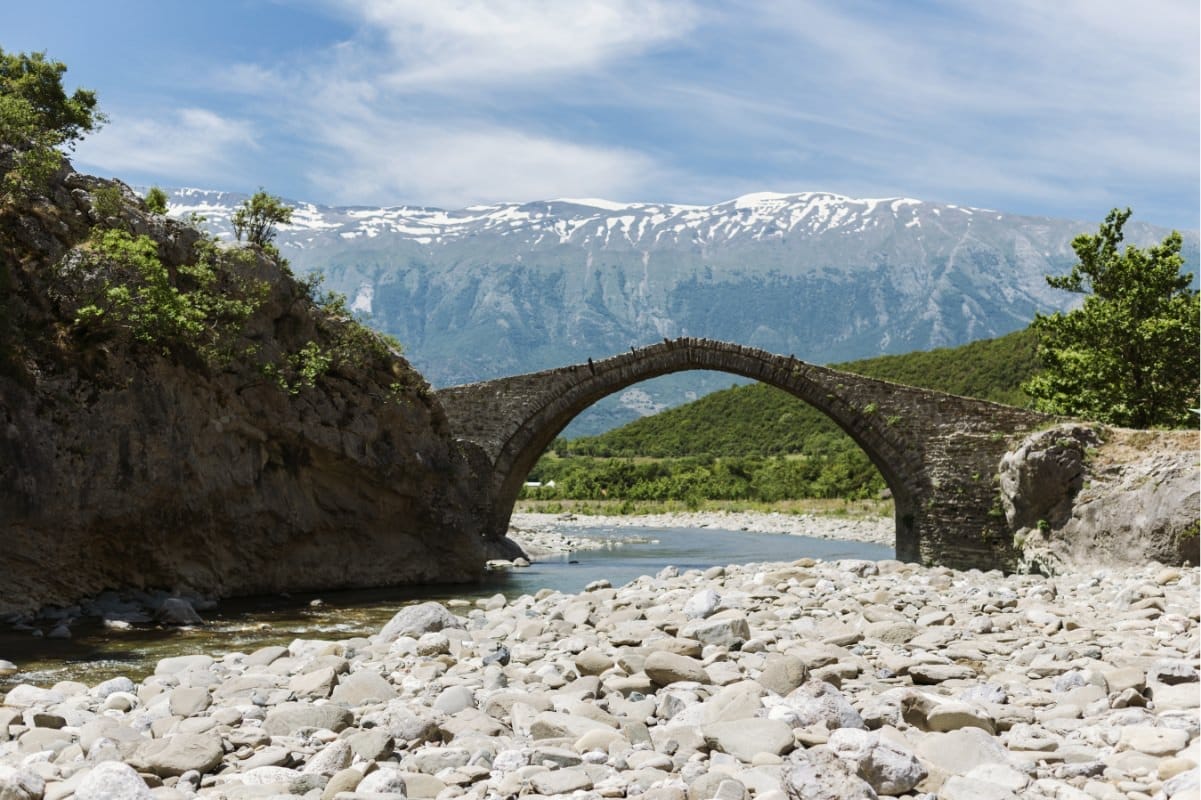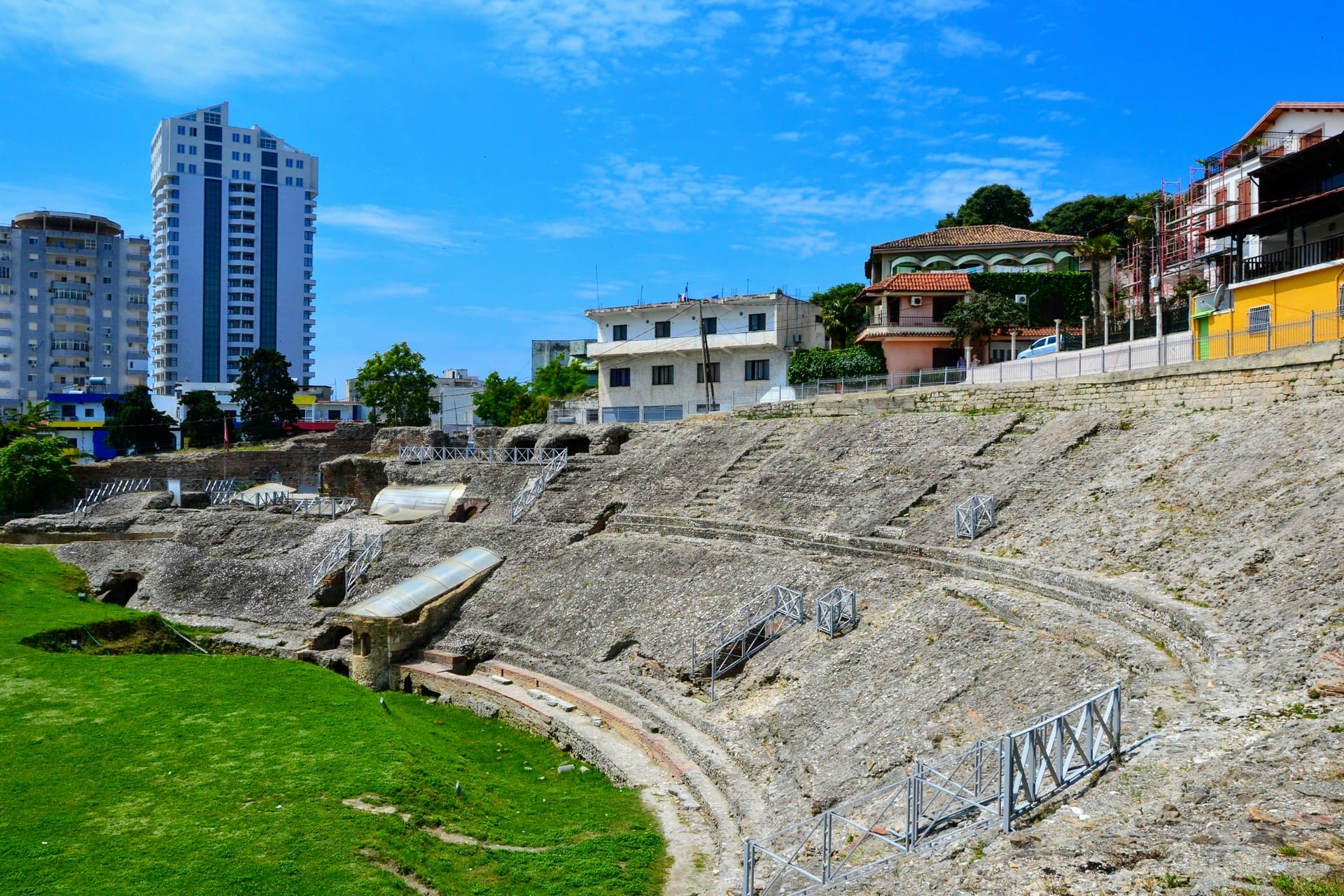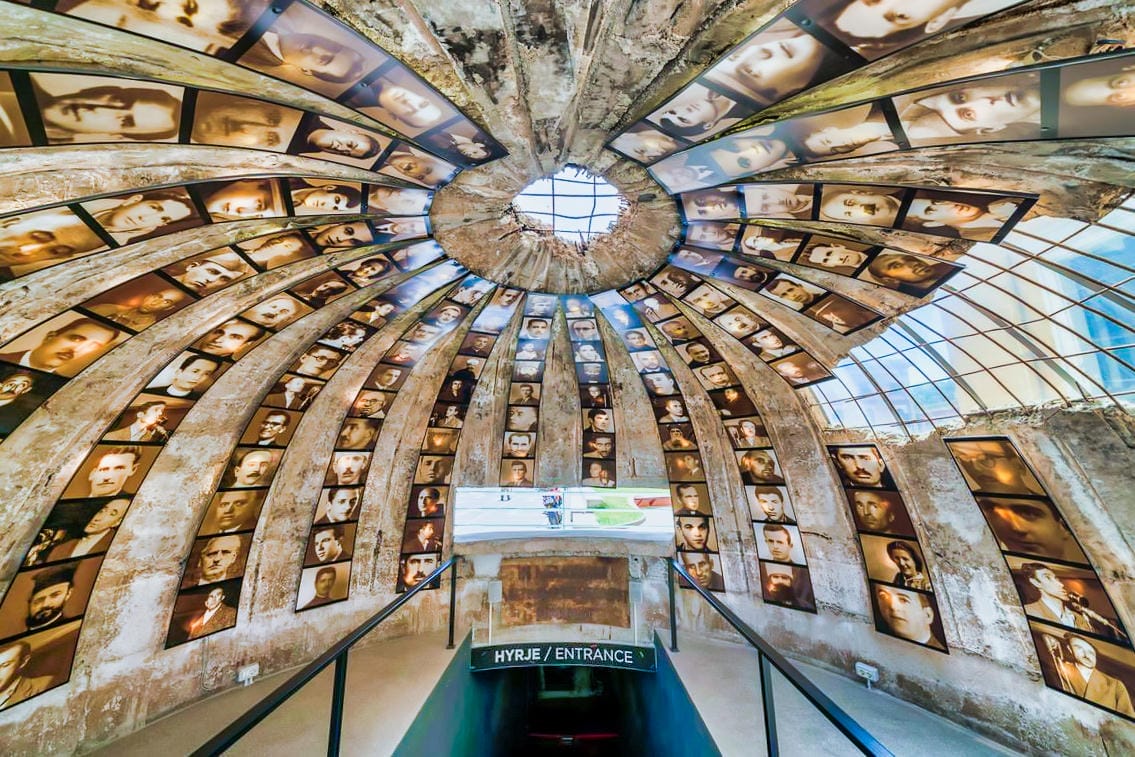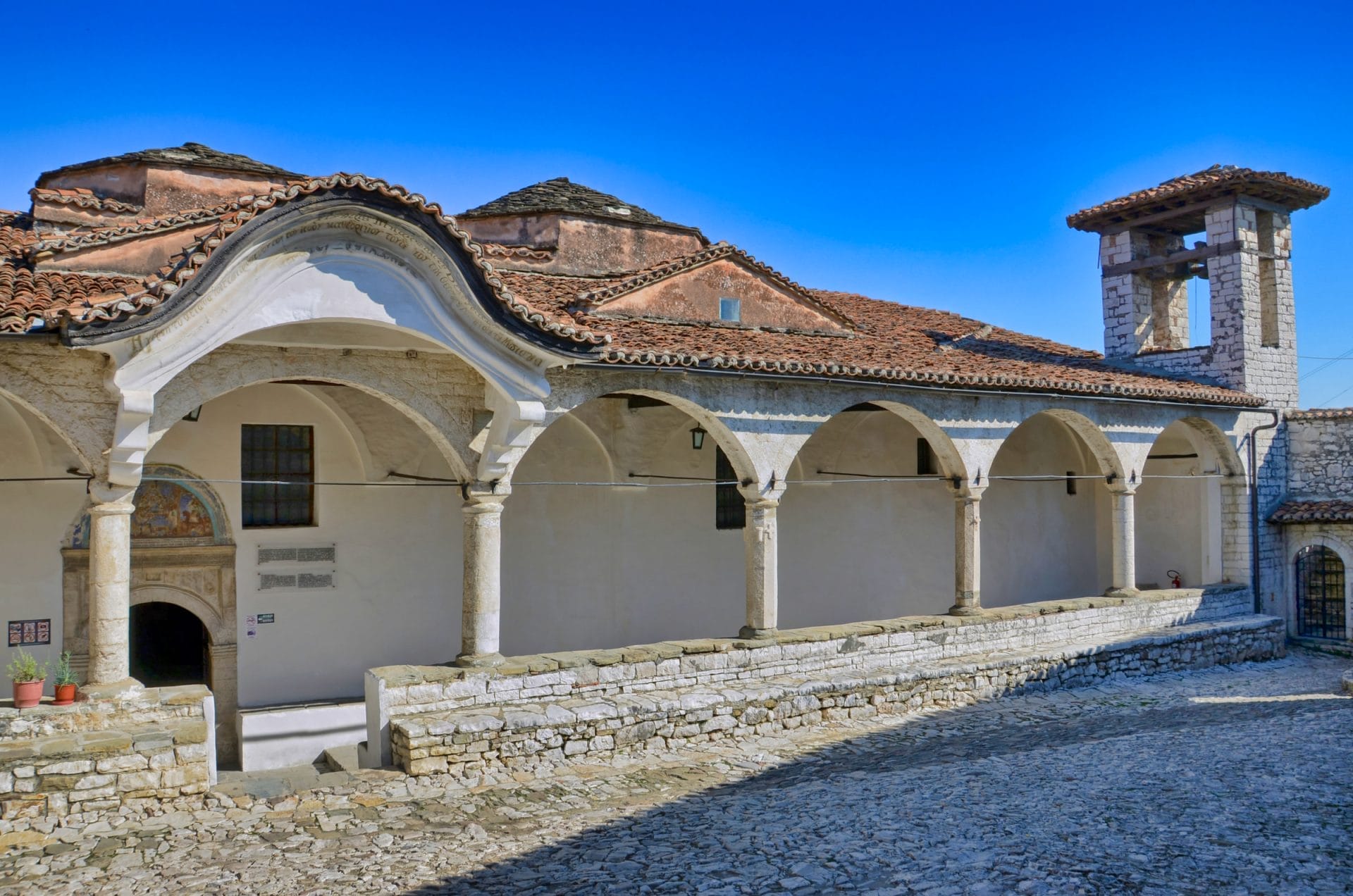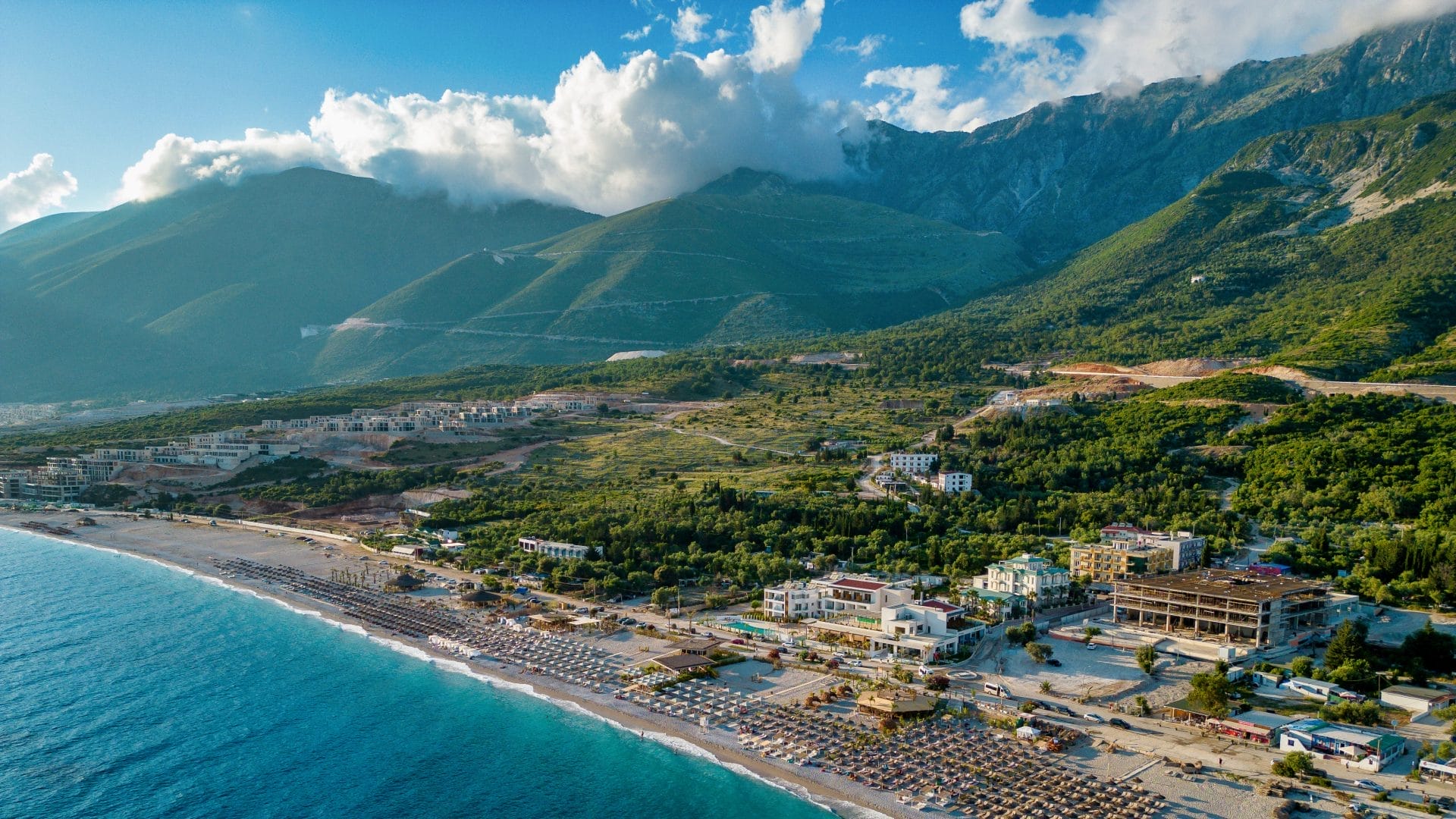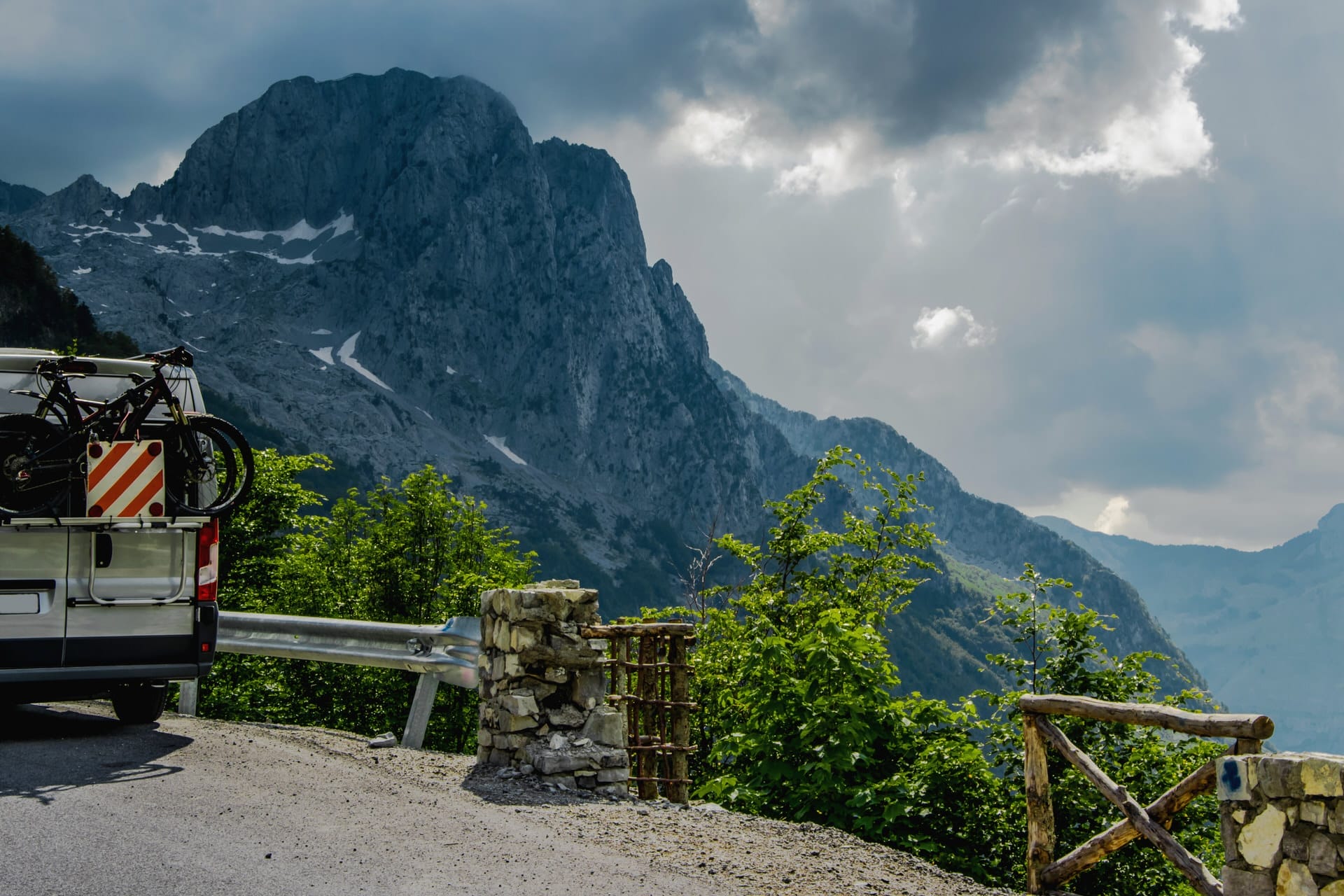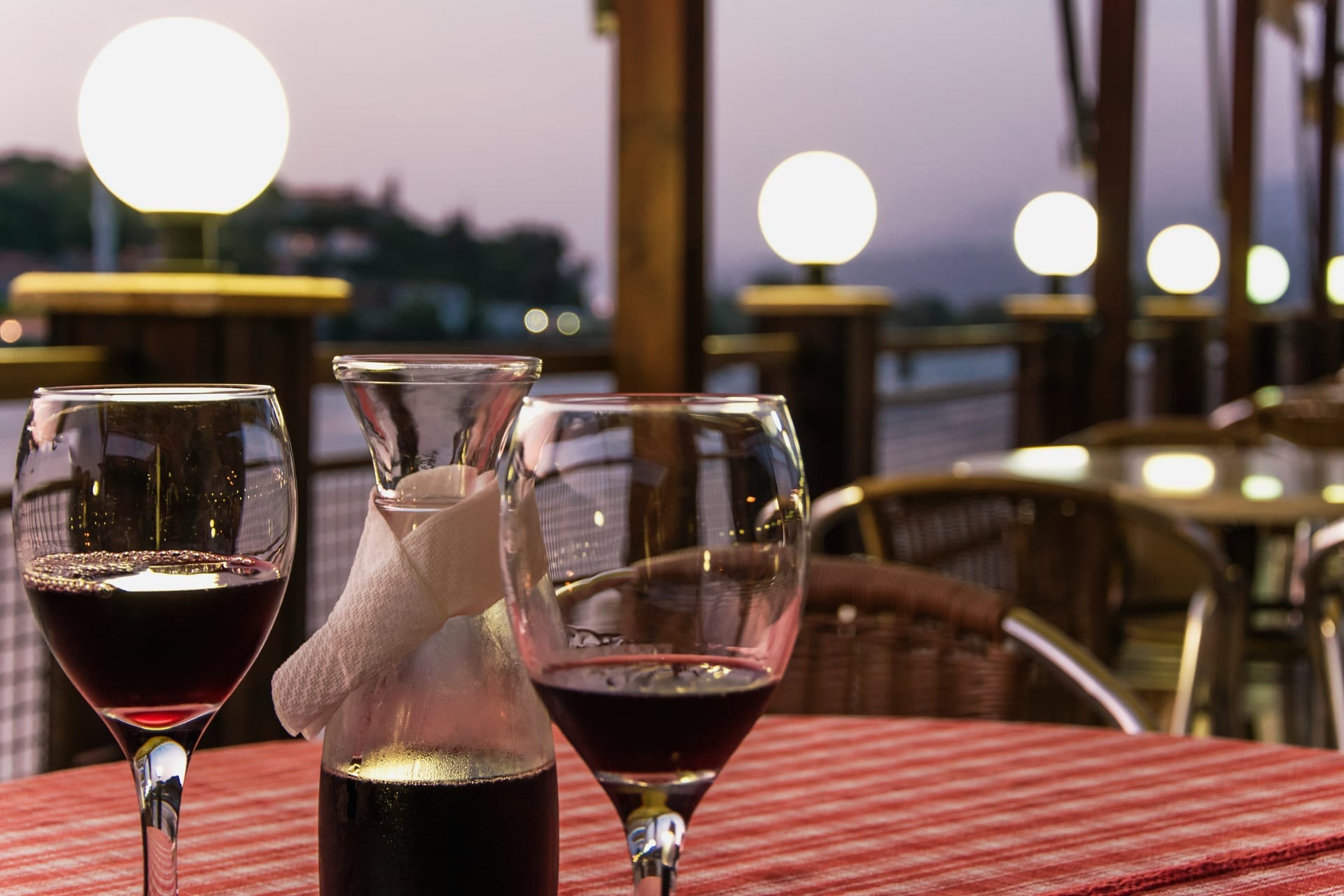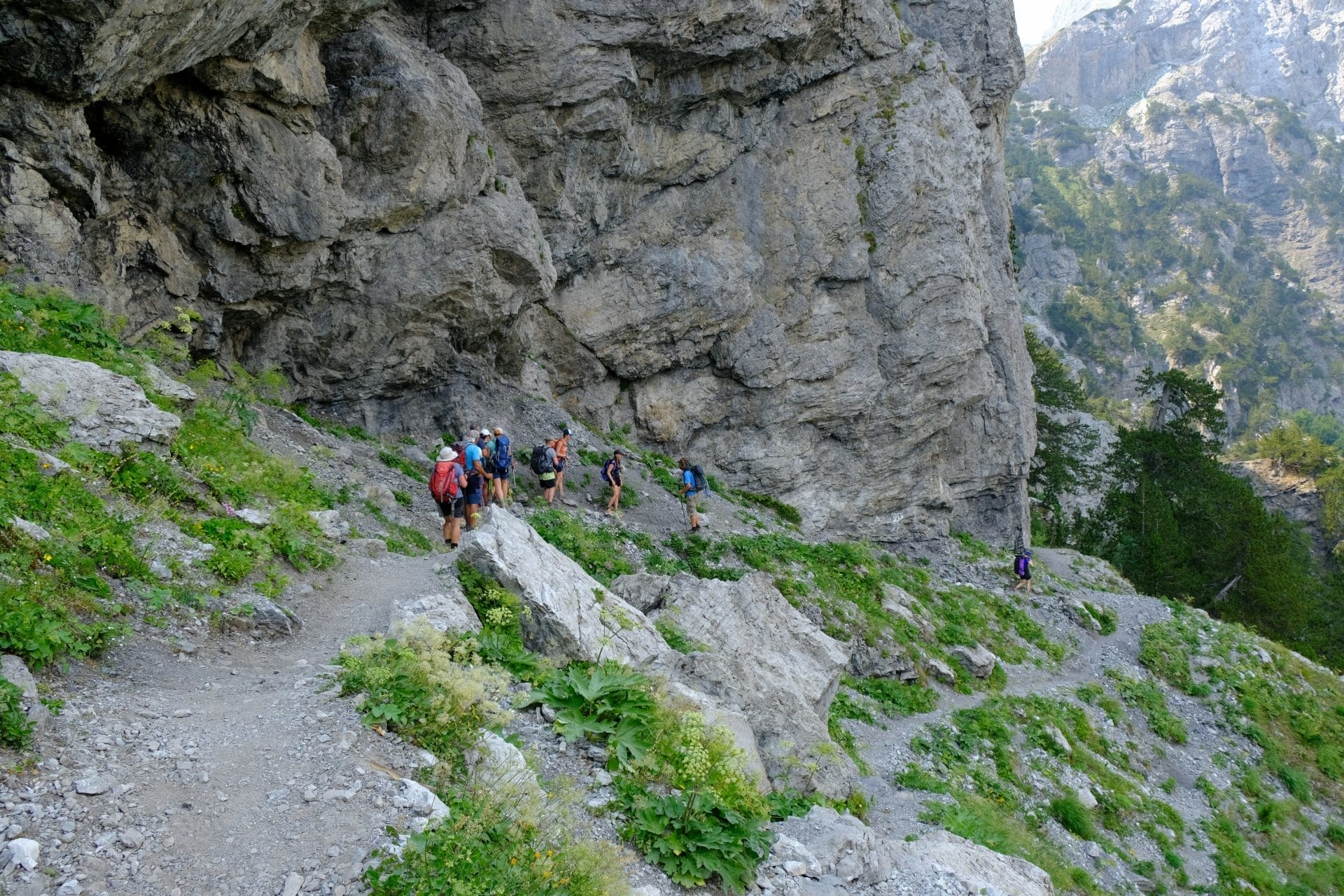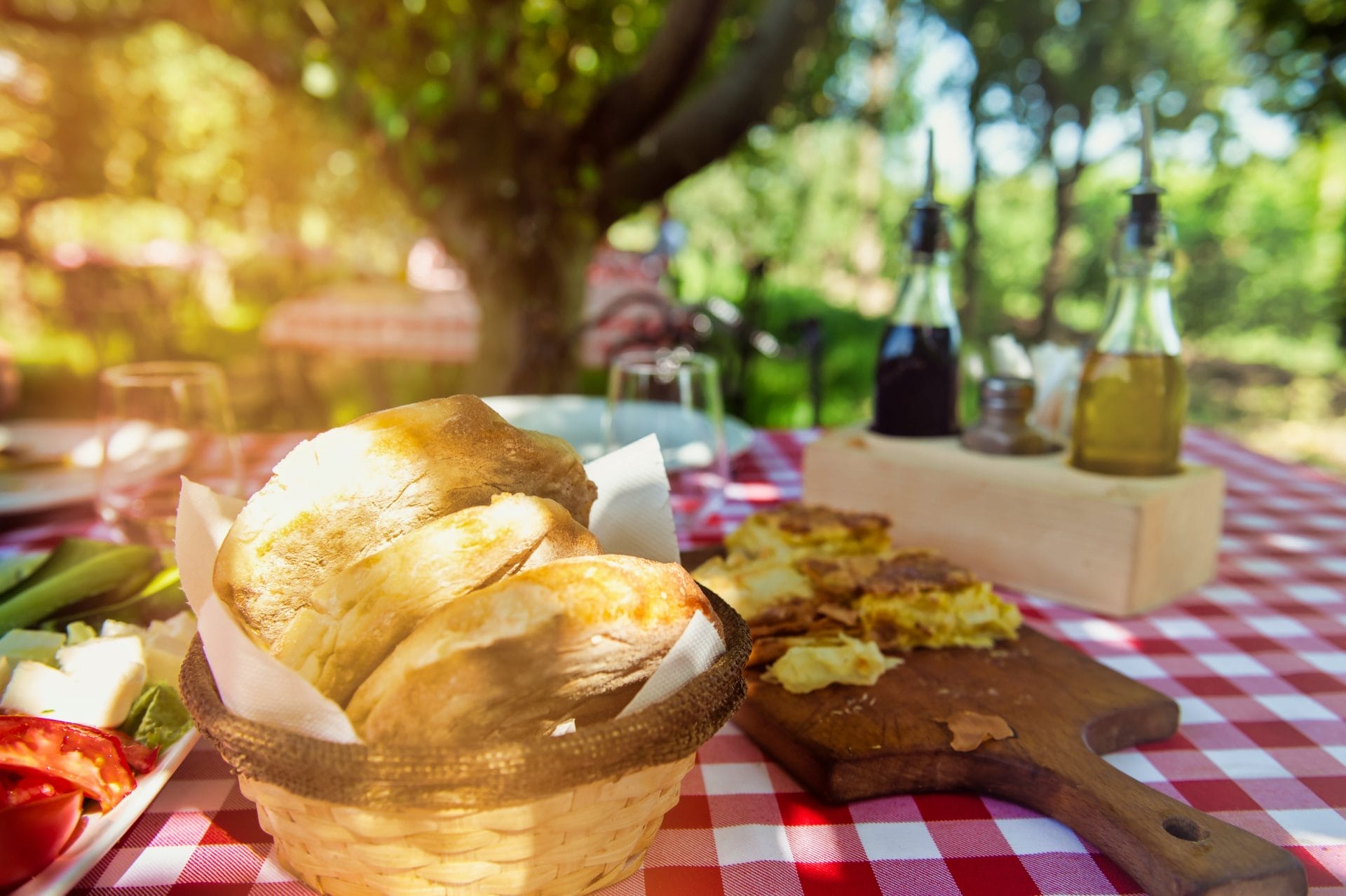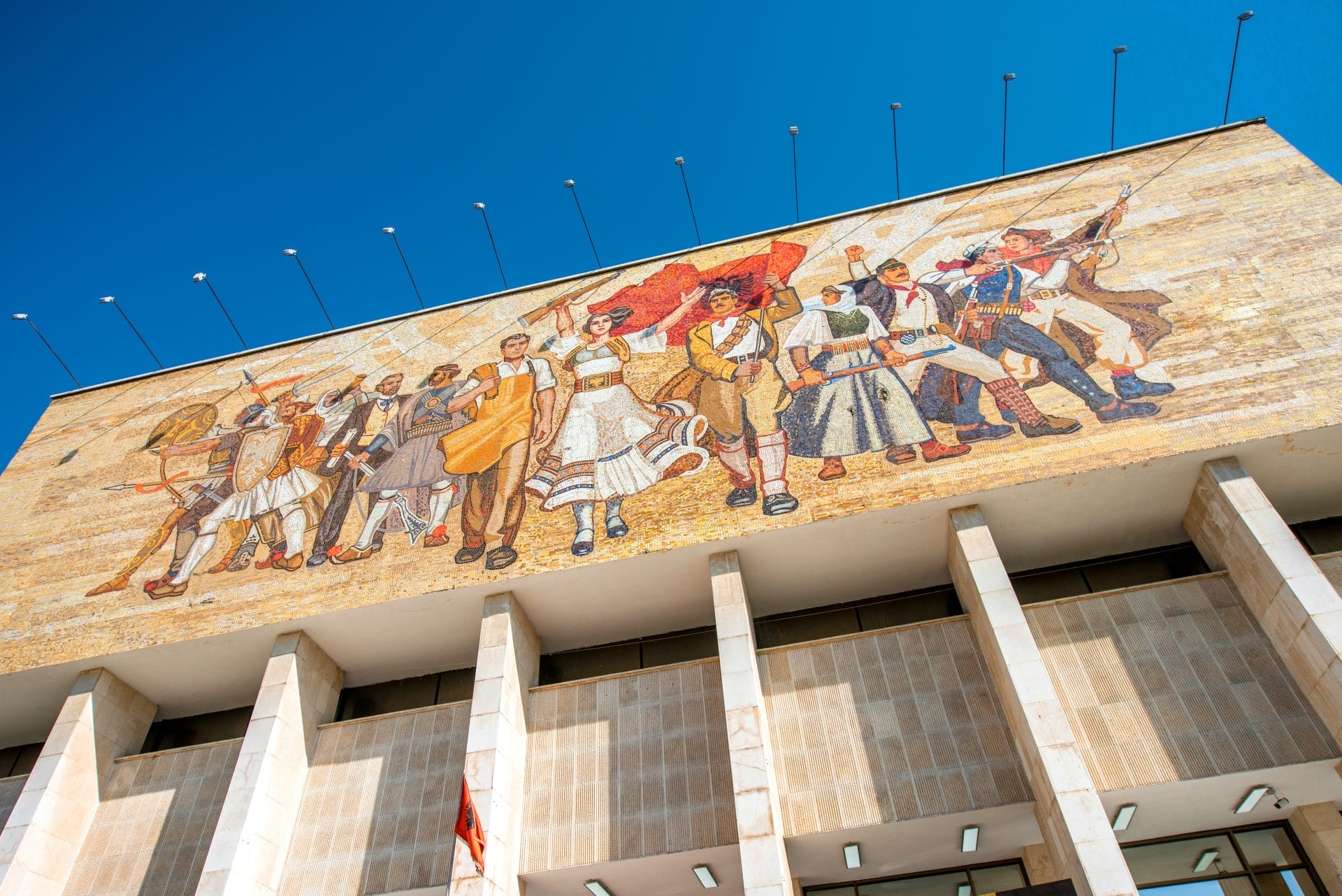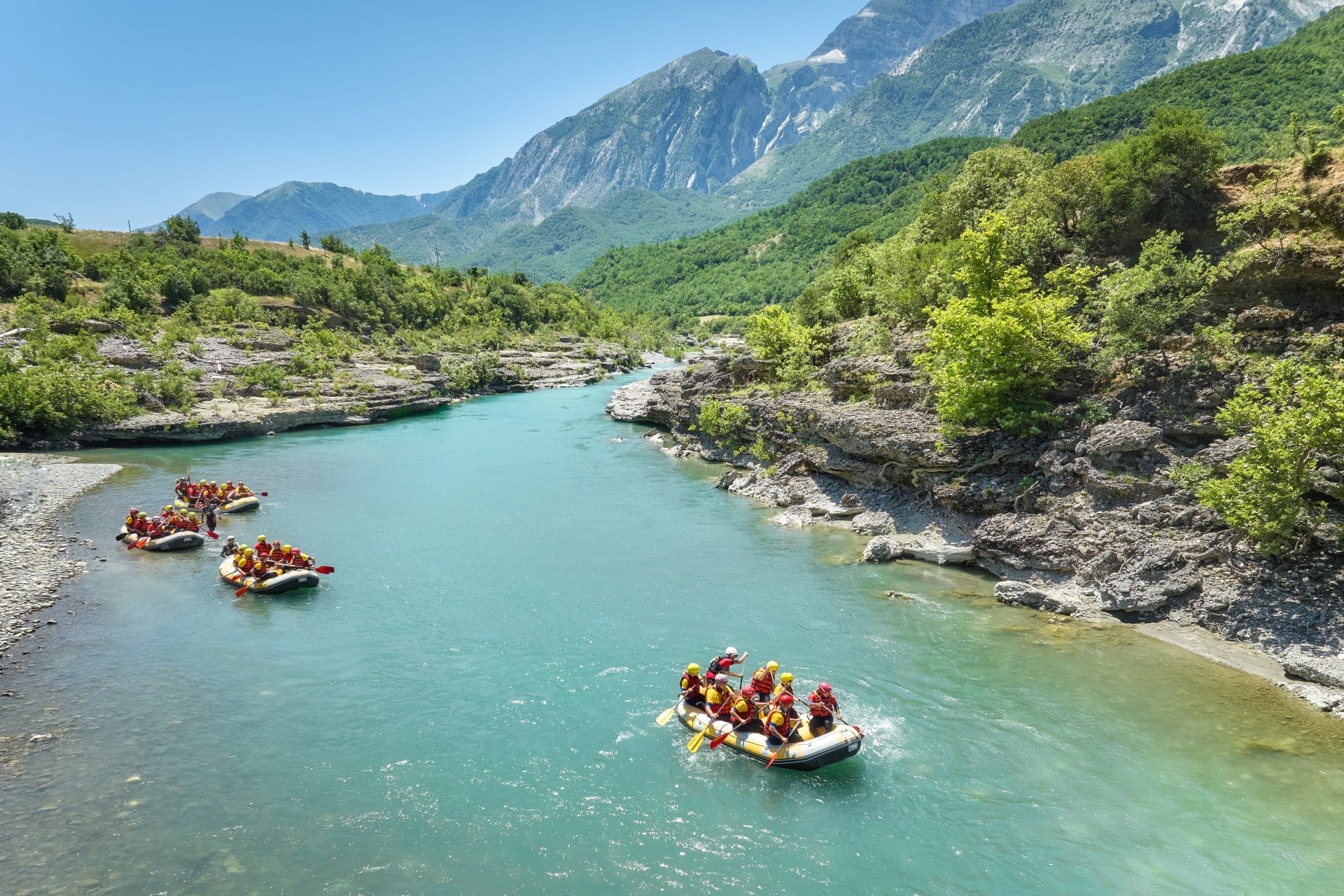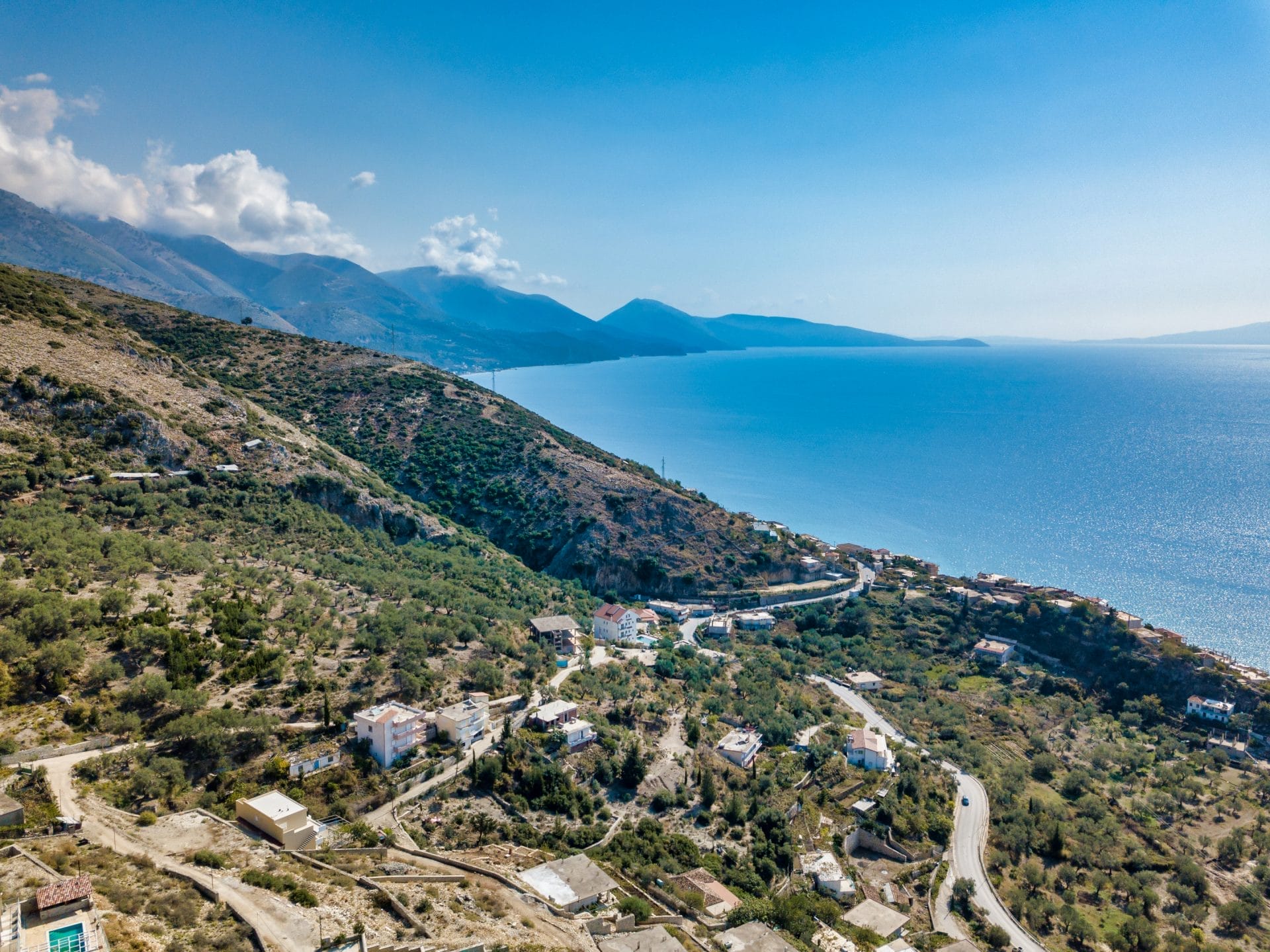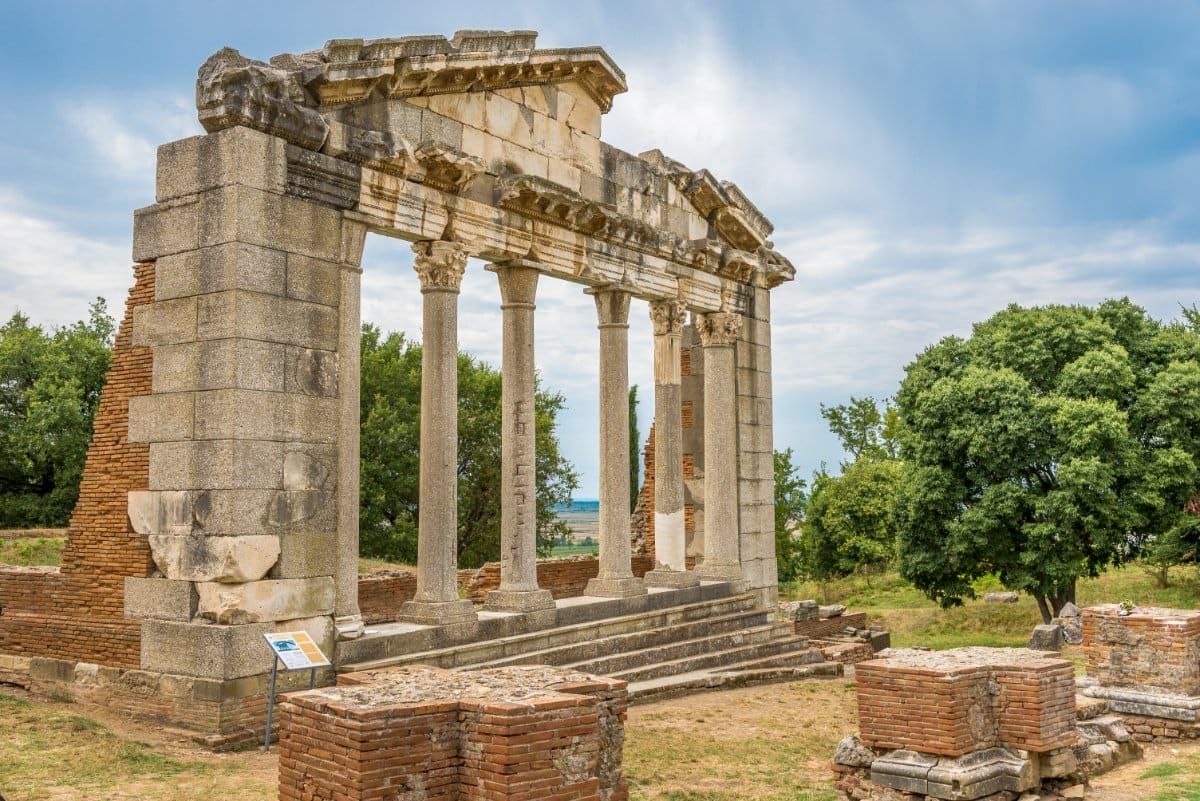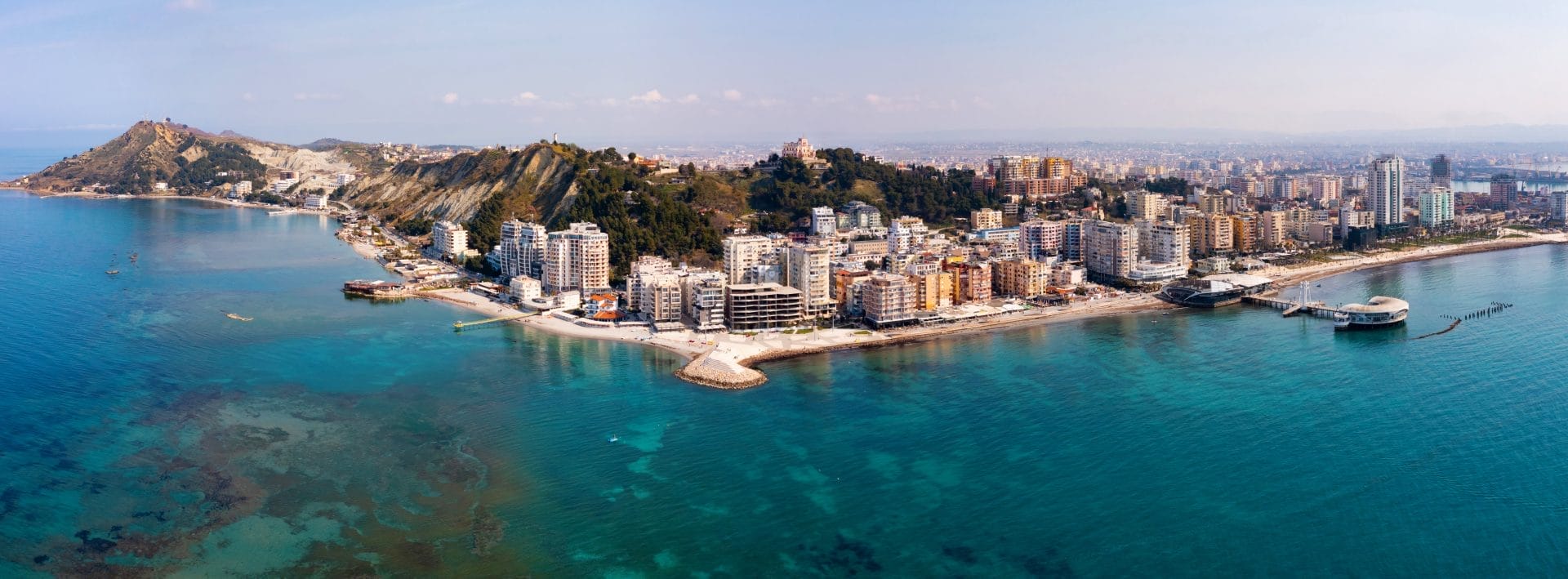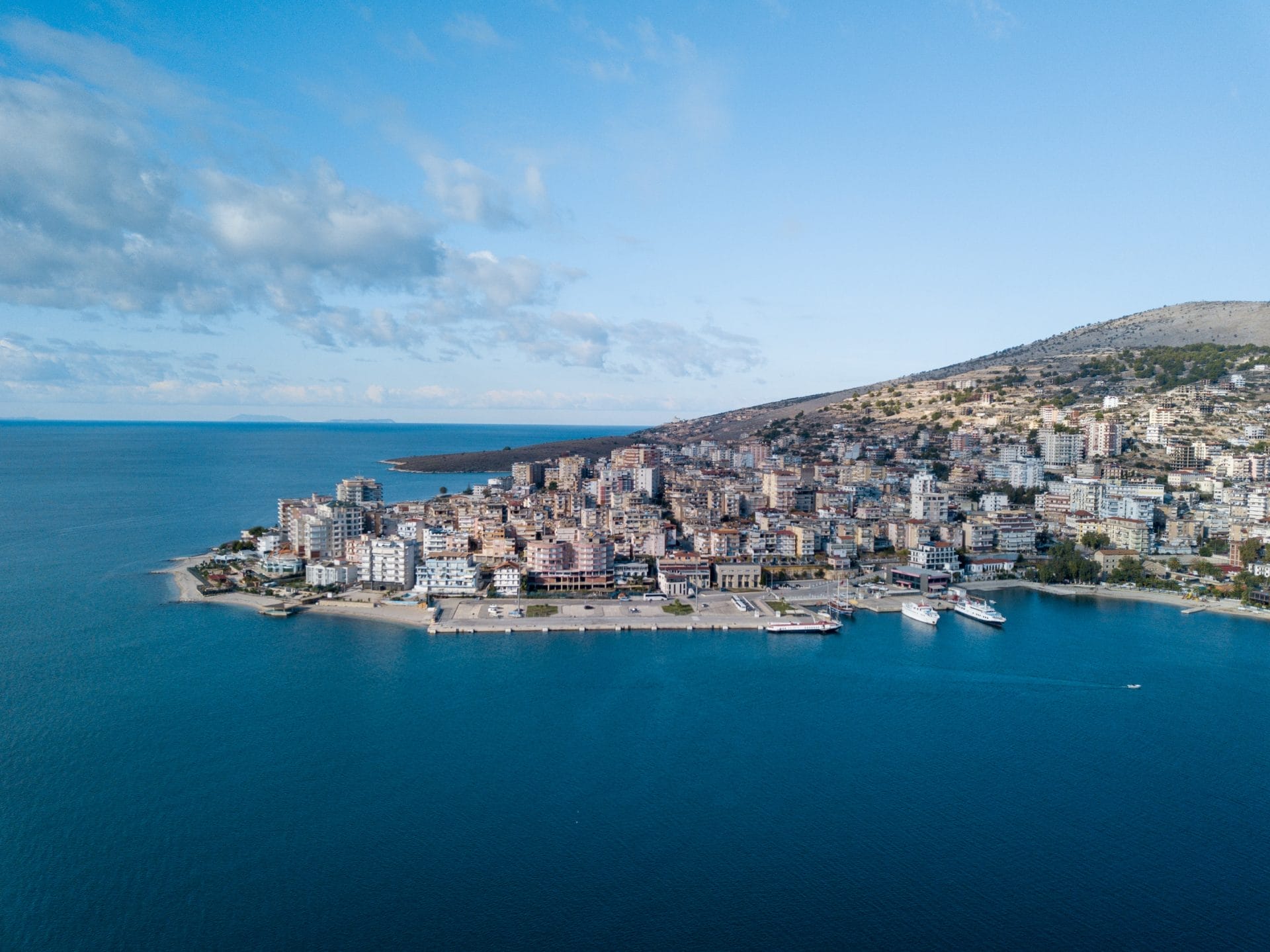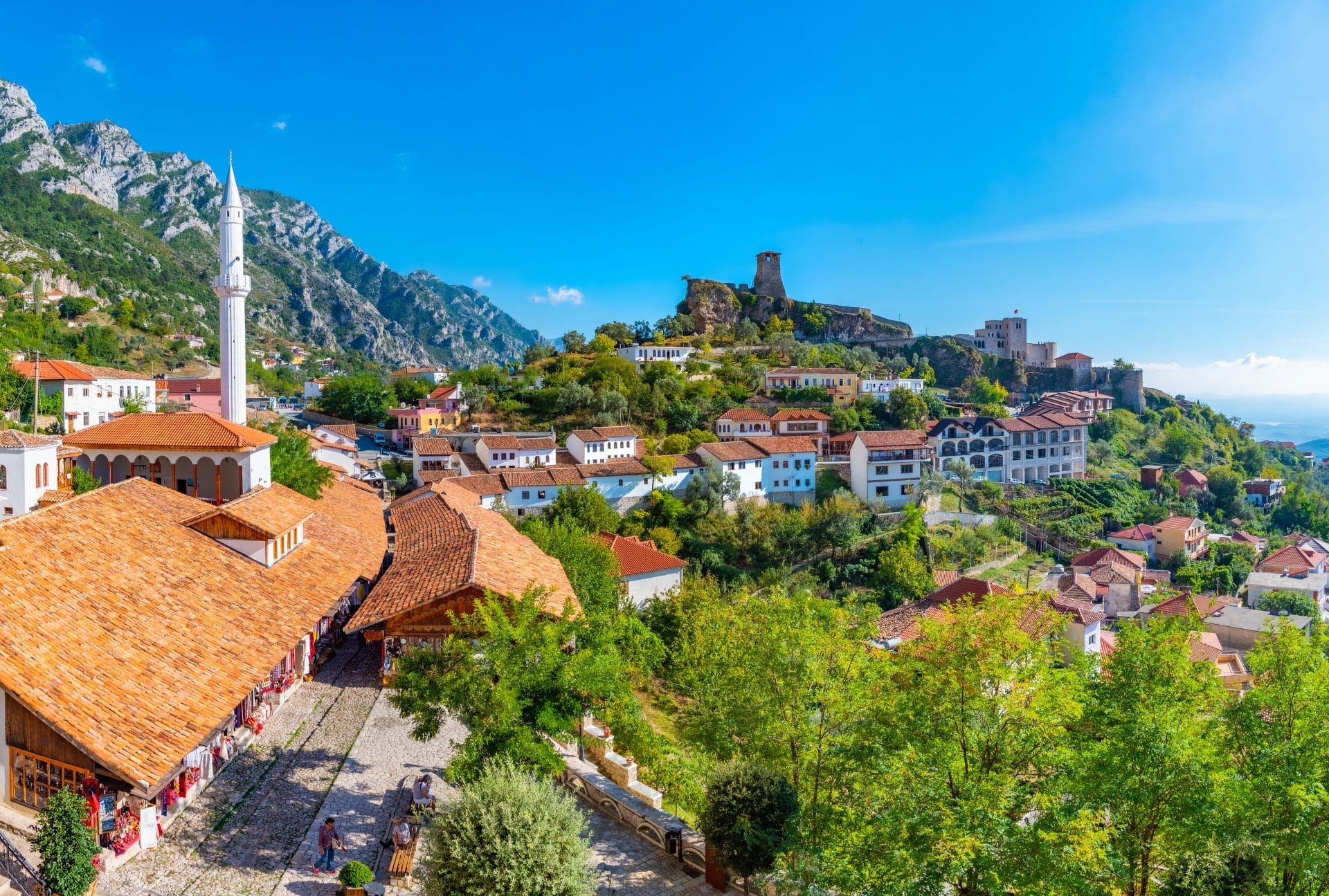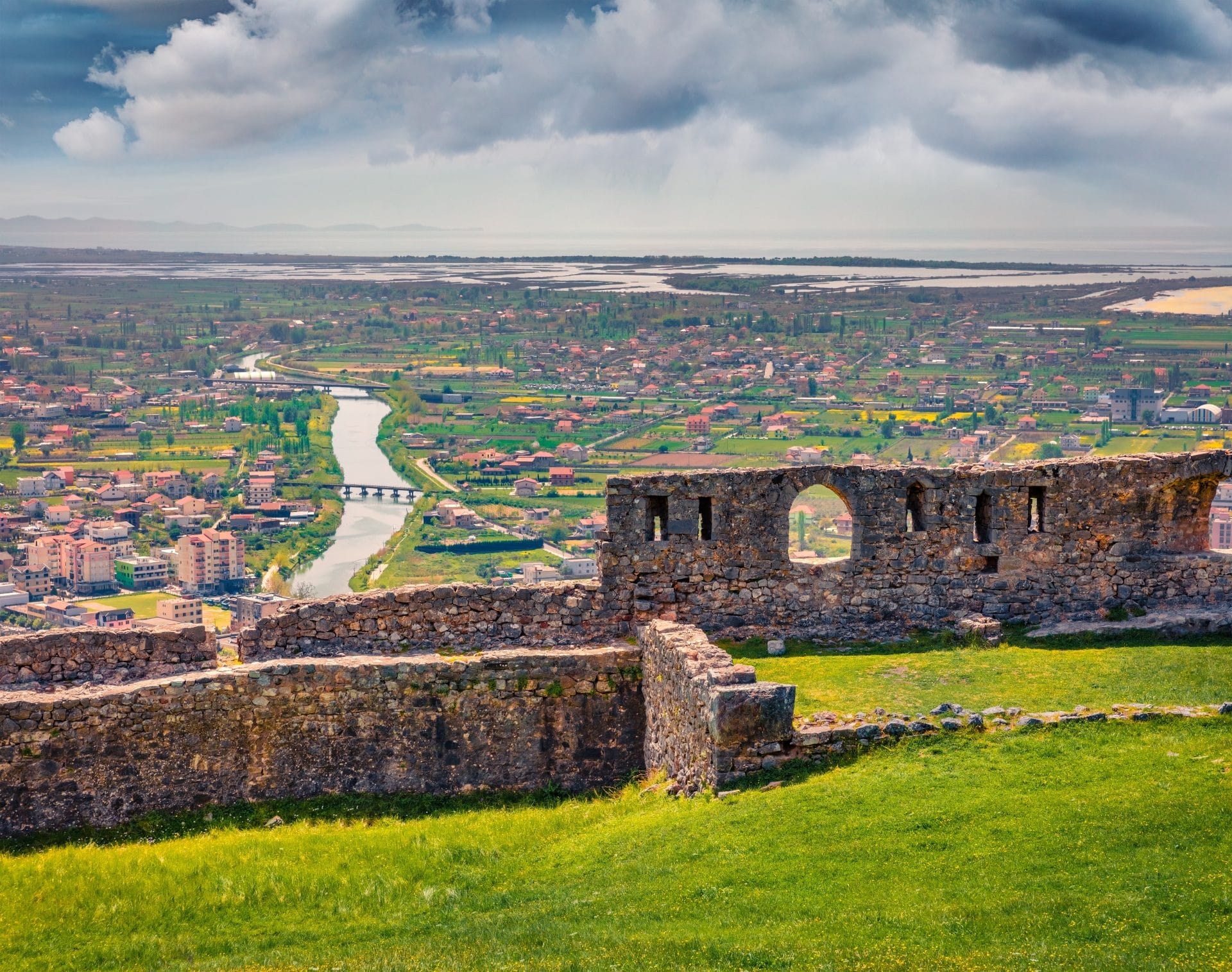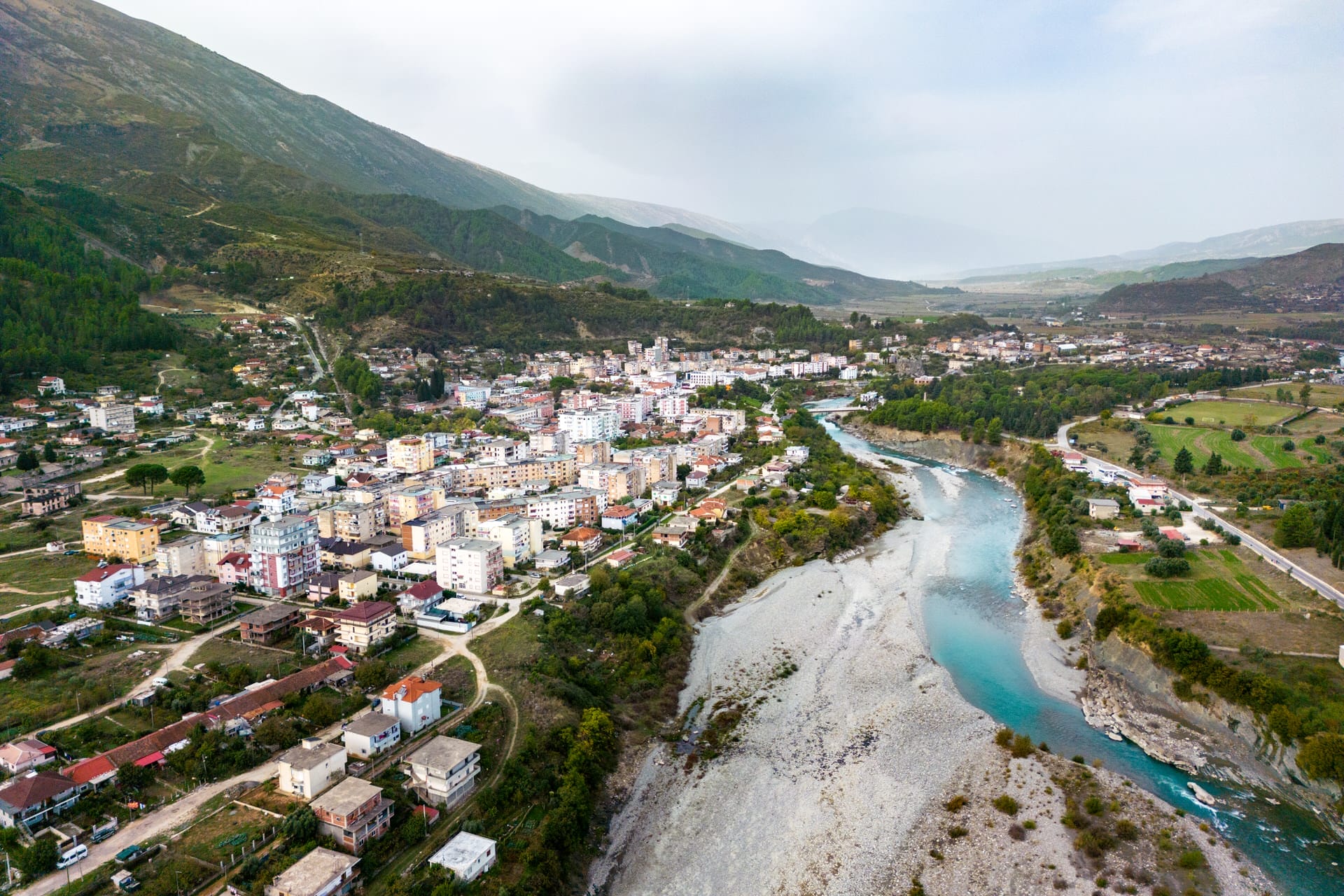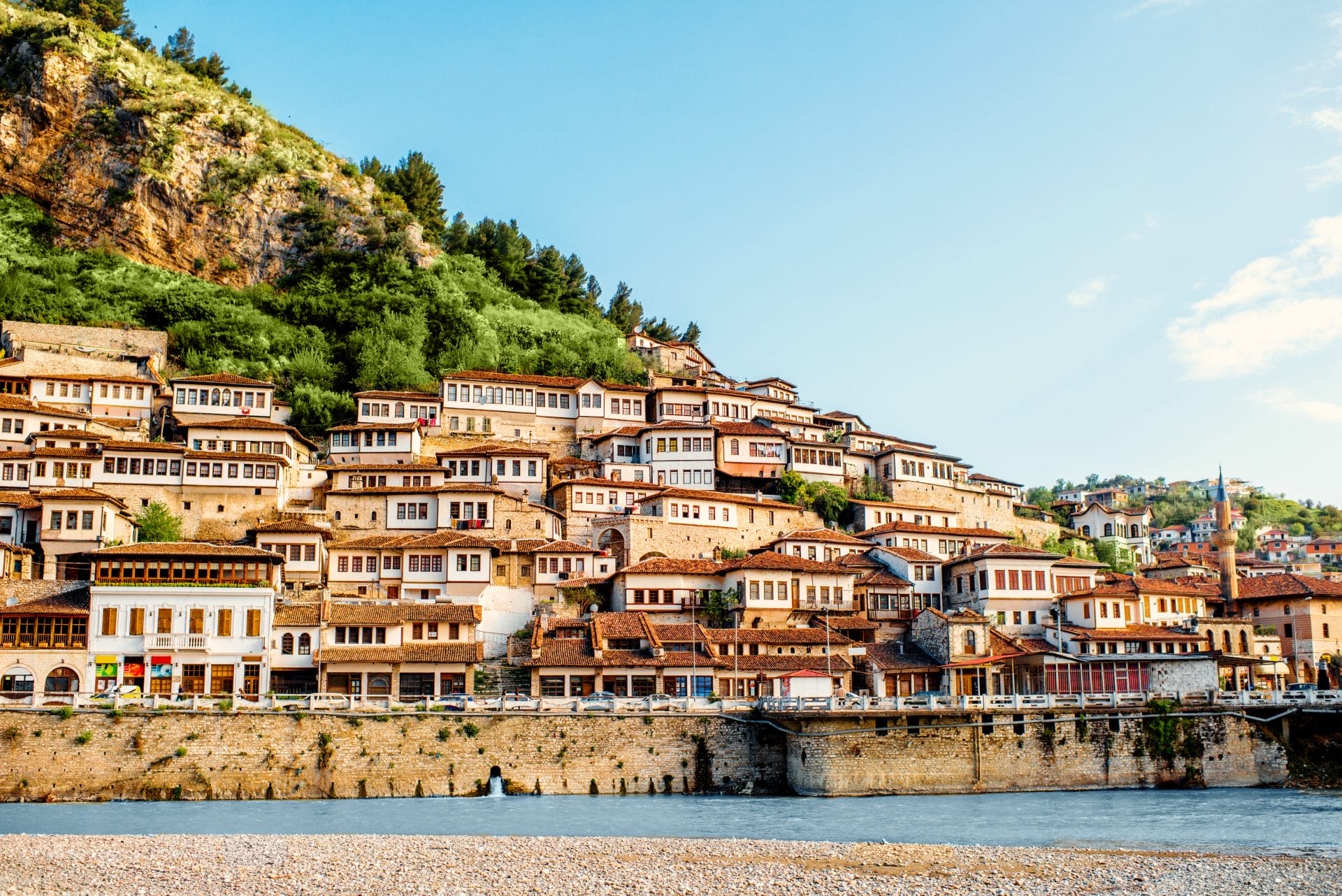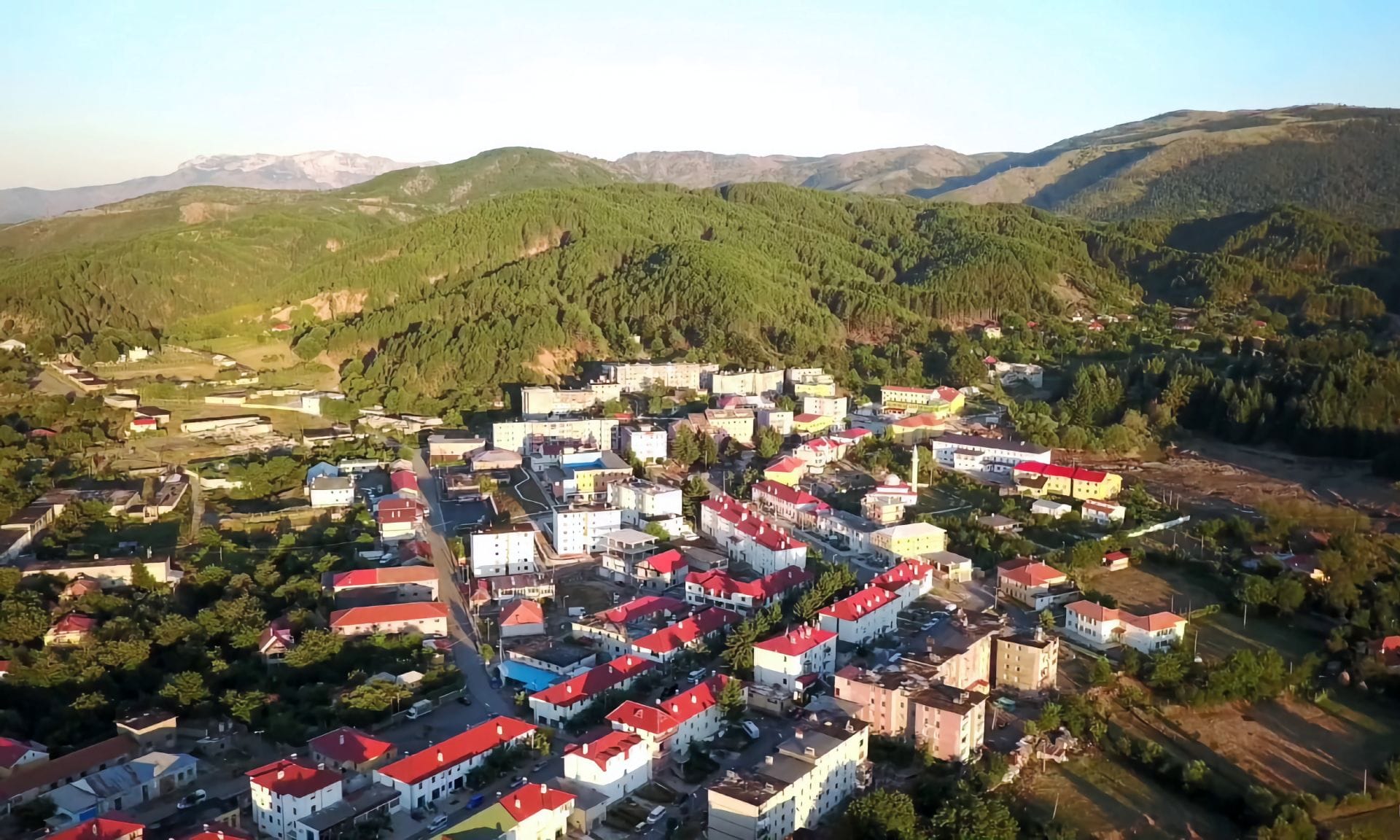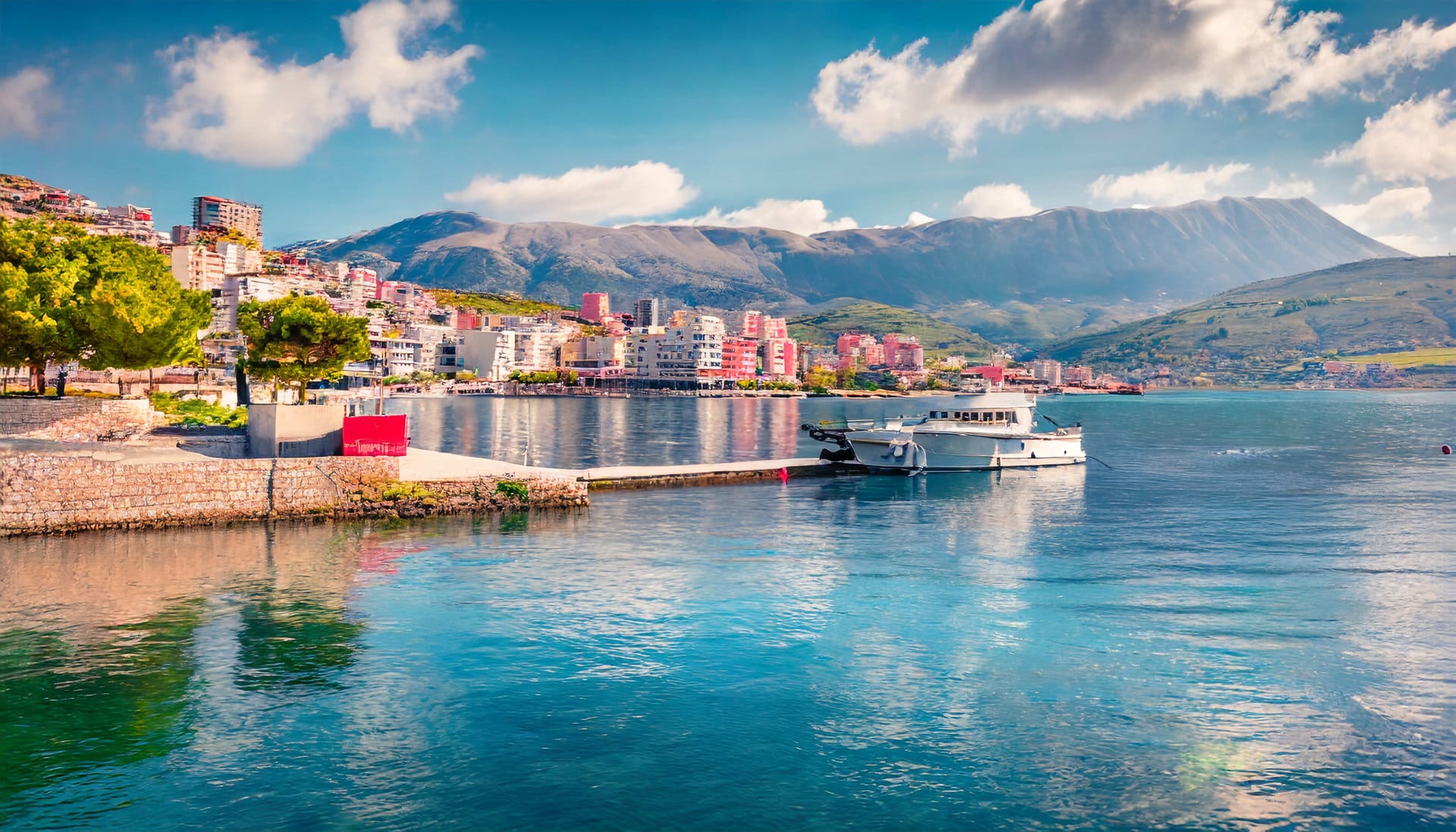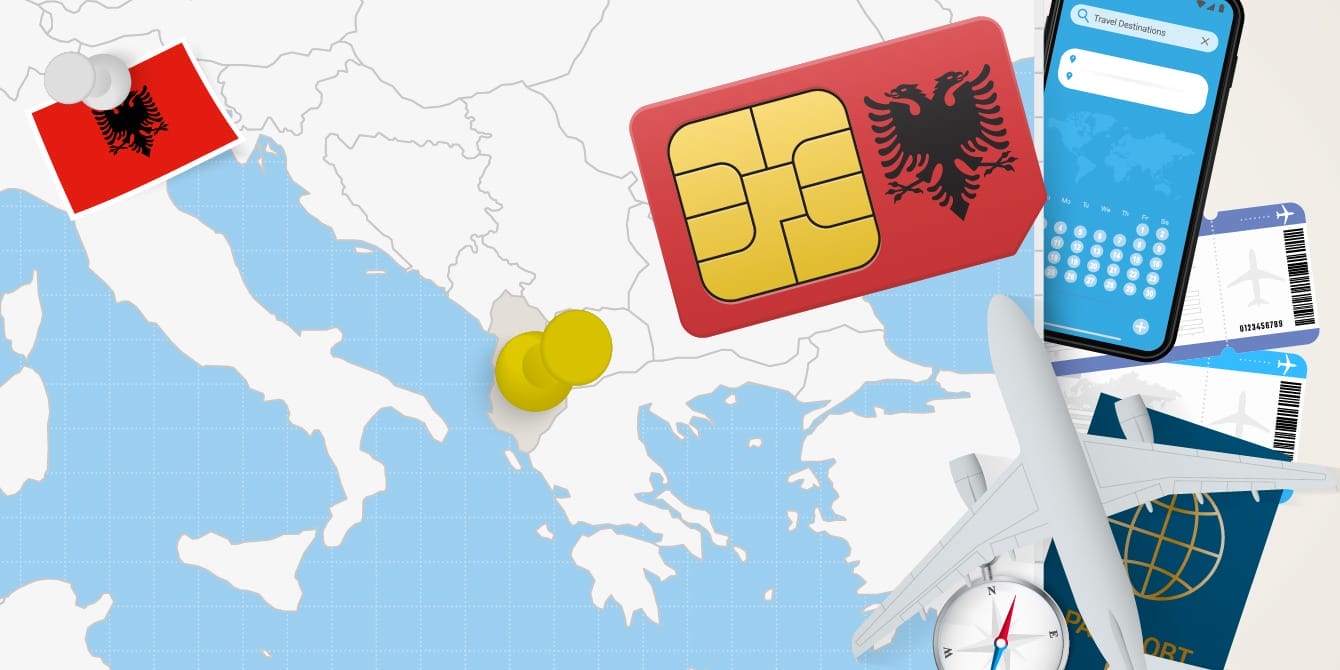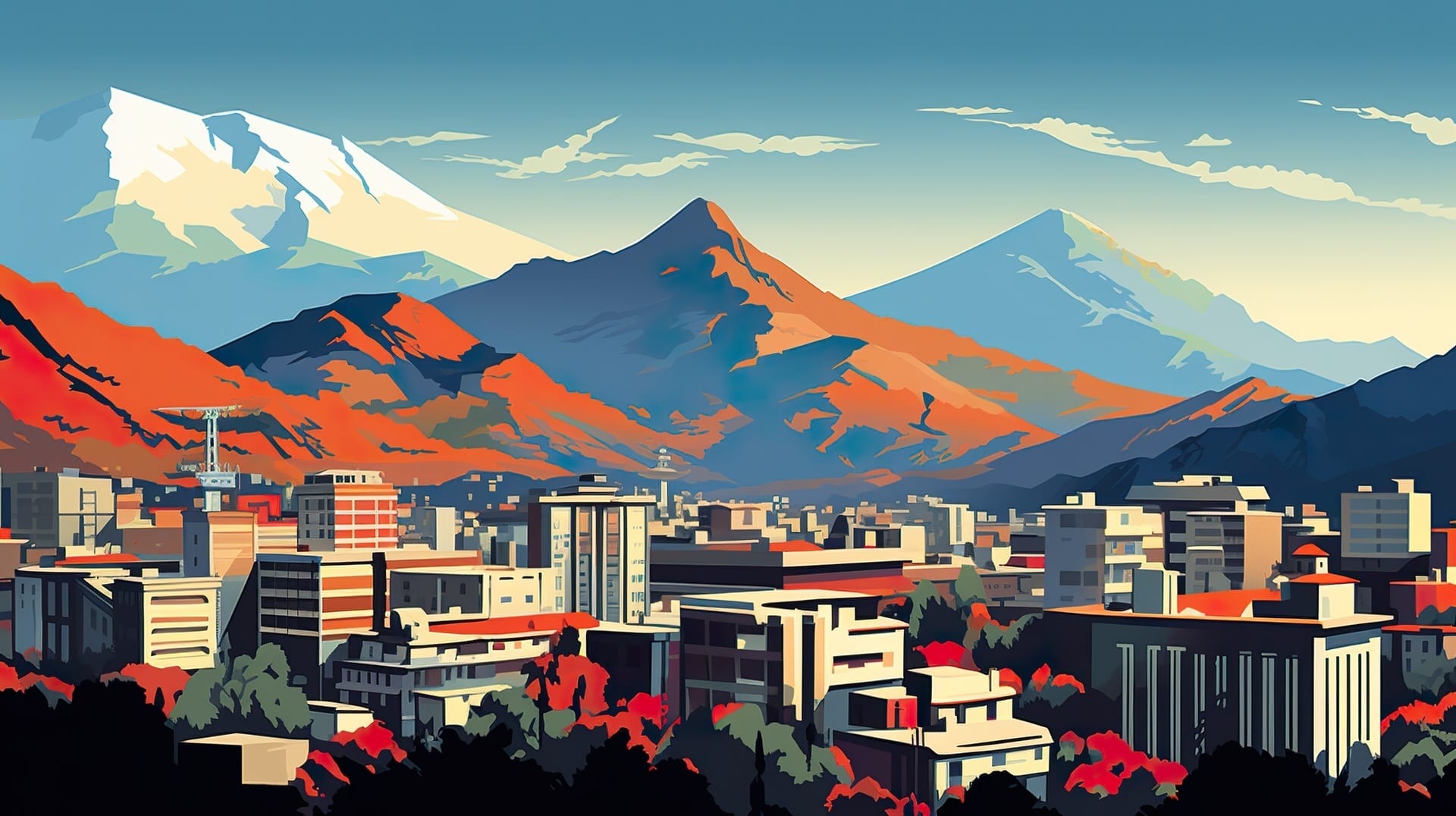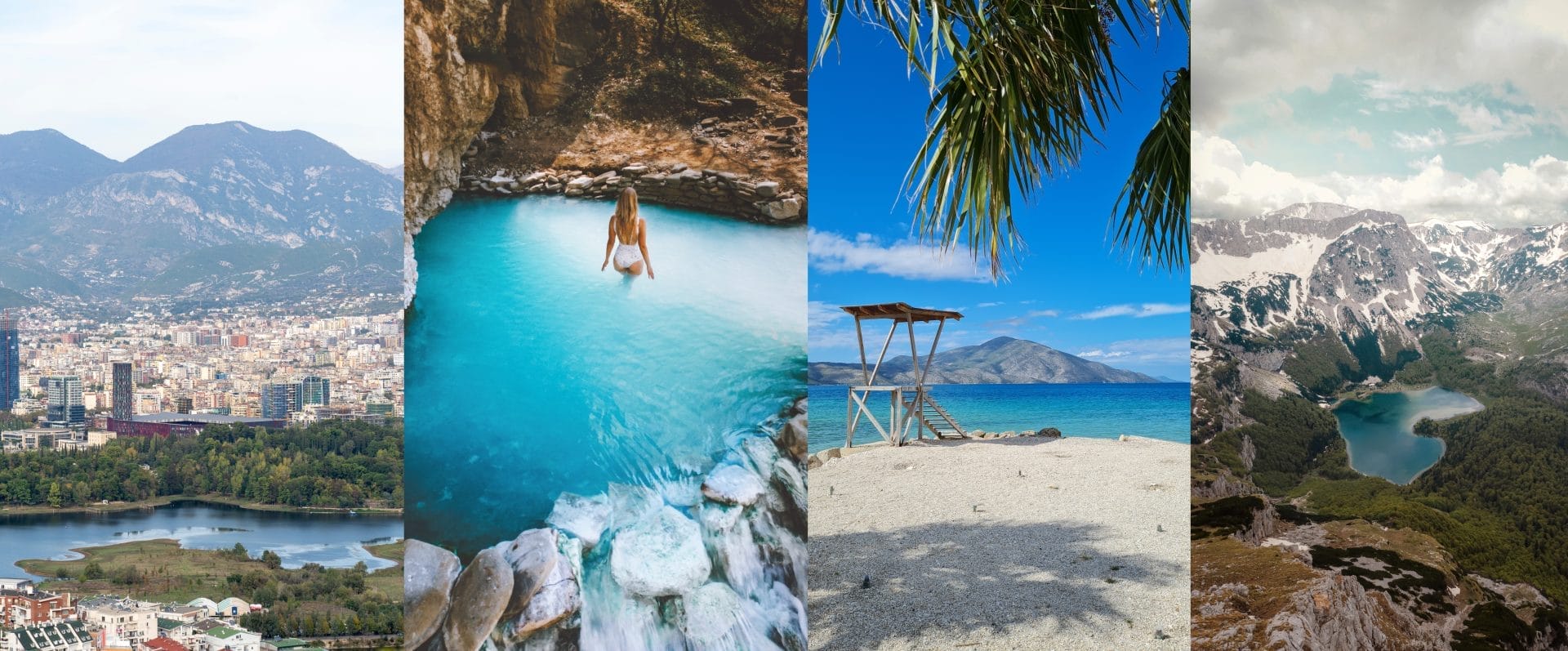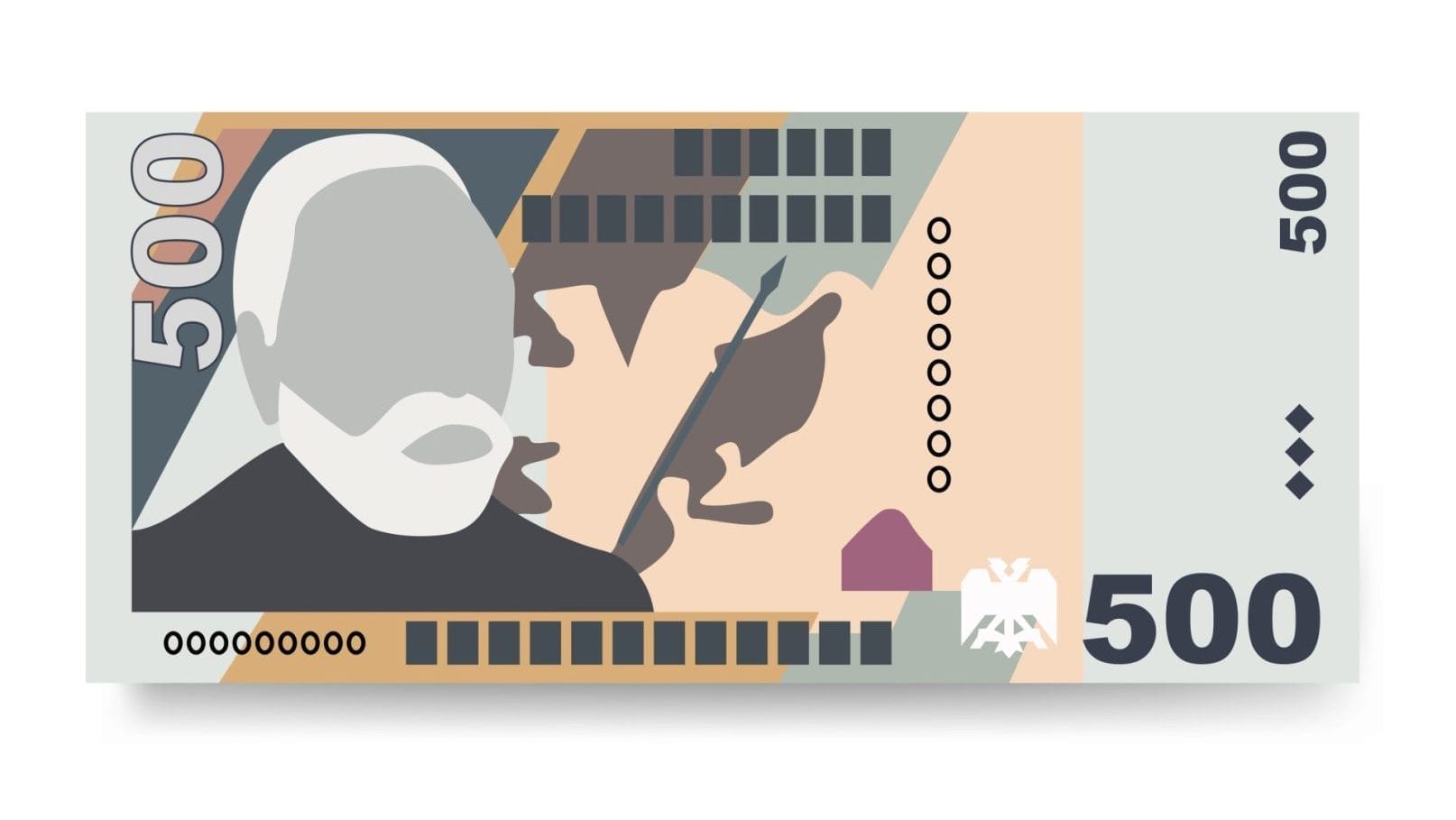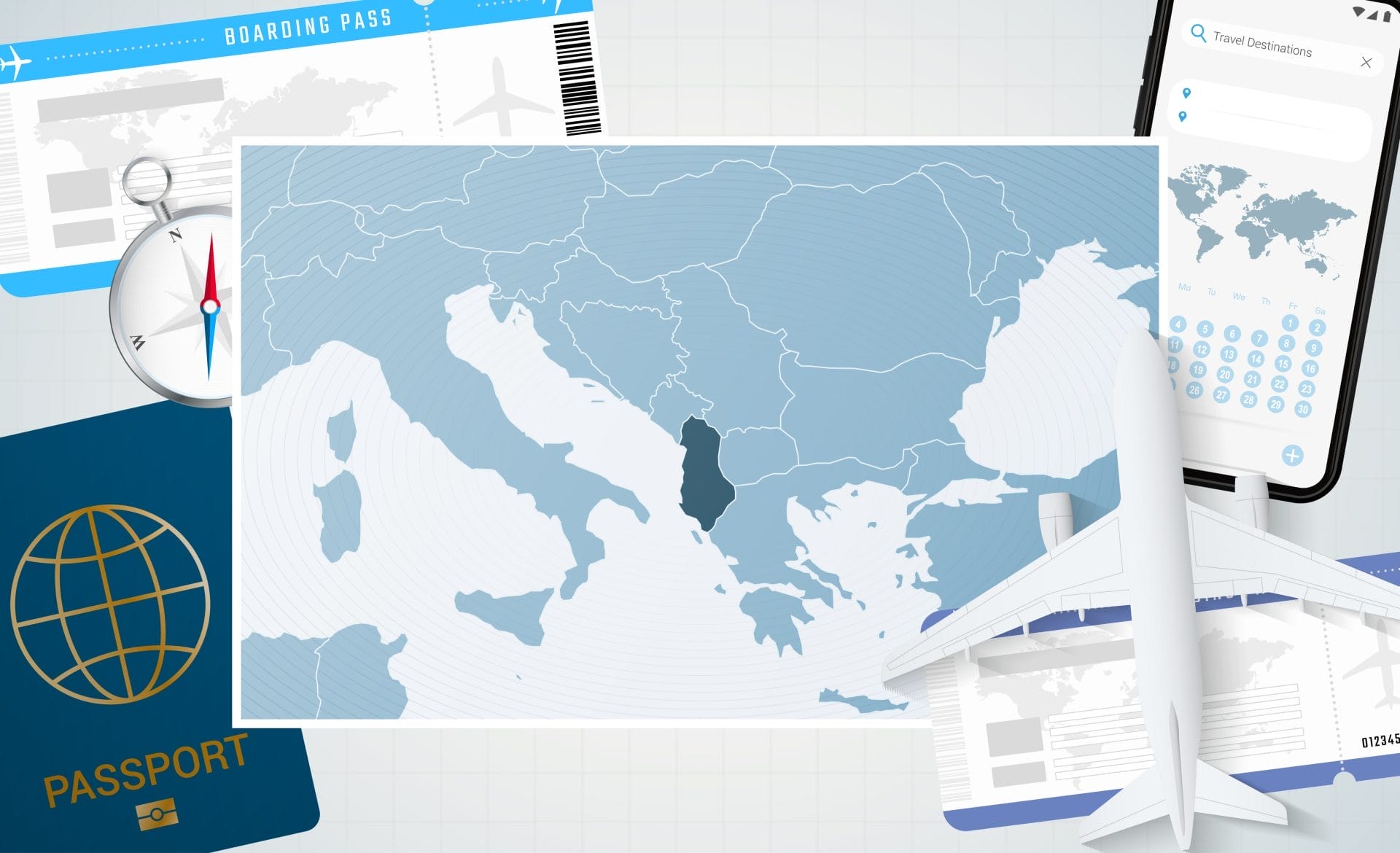
Why Visit
History springs to light through an extensive cache of coins, relics, and statuary at the Archaeological Museum of Apollonia, a vivid 14th-century monastery-turned-showcase containing priceless remnants coursing with stories from the Illyrian, Greek and Roman eras once thriving along southern Albanian shores.
First glimpsed by French soldiers digging Apollonia’s ruins during WW1, these vestiges escaped tyrants and turmoil over generations to finally reach public appreciation within the cool stone halls of a Byzantine sanctuary where partisans found refuge just decades before. The intimate setting framed by medieval arches adds tangible context about Albania’s endurance across the ages.
Spanning Seven Pavilions Overflowing with Ancient Pieces
Recognized as one of Albania’s prominent cultural institutions, Apollonia Museum inhabits a former monastery expanded to contain thousands of area excavation pieces across two floors and seven wings. Intricate stone friezes border the entryway, establishing visual themes ahead. Visitors then spill into the vast ground-level Kulmaku and Agonothetes halls spotlighting relics from the 7th-4th centuries BCE when the Illyrian kingdom of Apollonia thrived through maritime trade under the famed King Glaukias.
Intricately decorated funerary steles (inscribed grave markers) portray warriors hefting swords and shields alongside mythic creatures, including griffons with lion bodies and eagle wings. Similar zoomorphic features recur across jewelry and armor, exhibiting advanced metalworking techniques from Apollonia’s bronze era. One elaborate golden diadem sprouts an Anthemion design – a stylized flower motif hinting at Greek artistic influence absorbed as Apollonia grew wealthy.
The broad halls also showcase amphorae handles stamped by artisans and black fine ware whose delicate contours indicate refined pottery skills fueling regional commerce. By physically tracing the evolution of form and style over centuries of creative culture blossoming along the former coastline, the vessel vestiges narrate eras of Albania’s ancestry often bypassed in textbook summaries constrained by limited artifacts abroad.
A contrast emerges upstairs, where exhibitions focus on later antiquity when the expanding Roman Empire subsumed independent Apollonia by the 2nd century AD. Moving between seven intimate chambers, guests observe crumbling yet expressive statuary excavated from once-grand Roman estates scattered near ancient Apollonia. Elegant river gods recline beside civic inscriptions honoring imperial magistrates who consolidated control through infrastructure still faintly visible across surrounding olive groves. One highlight – the giant mosaic tile floors recomposing richly-colored tableaus found gracing the floors of Roman nobles who eventually replaced the Greek language with lasting Latin echoes.
By steering guests across millennia through different pavilions purposefully spotlighting recent revelations via thoughtful curatorial context complemented by visual splendor, the modest yet mighty museum ultimately weaves heightened interconnected appreciation for the advanced social, civic and creative accomplishments fertilizing Albania’s complex heritage over 3000 years through relics rescued from the soils of a single magnetizing seaside city now partially submerged offshore.
Getting There With Ease
Despite the world-class collection’s global implications, Apollonia Museum greets guests through an unintimidating entrance near the tranquil village of Pojan. Well-marked signs from the SH4 (E852) lead visitors 15 minutes from national park gateway Fier or Bulgaria-hugging Vlora.
Those relying on public transport disembark at the Pojan stop along the Fier-Vlorë route before following painted arrows towards the humble museum whose unassuming facade belies the cultural riches awaiting behind unornamented doors. With handy roadside parking, Apollonia Museum facilitates simple access for motorists. Fair-weather bicyclists can also opt for parts of the former pilgrimage path weaving through charming rural tableaus.
Ideal Length of Stay Budget 60-90 minutes within the cool stone halls to fully engage with exhibits unpacked through multilingual placards elucidating respective eras plus audio descriptions profiling specific unearthed objects – coins, statuary, or glassware- securing context. Handicap-accessible pathways enable all mobilities.
For visitors ultimately hungering for deeper understanding, two-hour guided tours help interweave stories from former curator-turned-Apollonia historian Afrim Hoti, whose own family sought refuge inside this sanctuary during WWII invasions. Such presentations illuminate the region’s cultural complexity through vivid personal connections.
Nearby Attractions
While the museum rightfully serves as the principal venue for explicating Albania’s layered history through well-preserved regional relics, proximity to several surrounding attractions further amplifies its ancient Aurea aesthetics for those committing extra hours.
Top among these is the majestic Monastery of Ardenica. This ornate Orthodox church, fortified in the 15th century, persists as Albania’s most photographed religious landmark thanks to its towering mountain backdrops. Its elaborate Byzantine frescoes echo painting remnants discovered throughout Apollonia’s unearthed villas.
For stirring seaside scenery, the erstwhile Isle of Zvernec delivers tranquil panoramas across the Vivar Channel, once bustling Apollonia’s shipping lane. Trails here thread through the remains of a secluded 13th-century monastery. Several sites along the coast allow beachcombing surface potsherds to still wash onto shore after centuries of tidal churn. Albania’s timeless splendor lingers accessibly through roads less traveled near the museum.
By partnering Apollonia’s splendid yet surprisingly obtainable antiquities with stirring historical and natural area attractions persisting remarkably near the once pivotal Illyrian port, visitors access Albania’s rich chronicle as an interwoven cultural mosaic consolidating Eastern and Western empire aesthetics, resilience, and crossroads commerce into a unified heritage trail ripe for reflective discovery. The region delivers Albania’s essence accessibly.
Your Turn to Visit
A visit to the Archaeological Museum of Apolonia promises an enthralling journey through Albania’s rich history and ancient treasures. Whether you are a history enthusiast or a curious traveler, this museum is an essential destination for your Albanian adventure.

